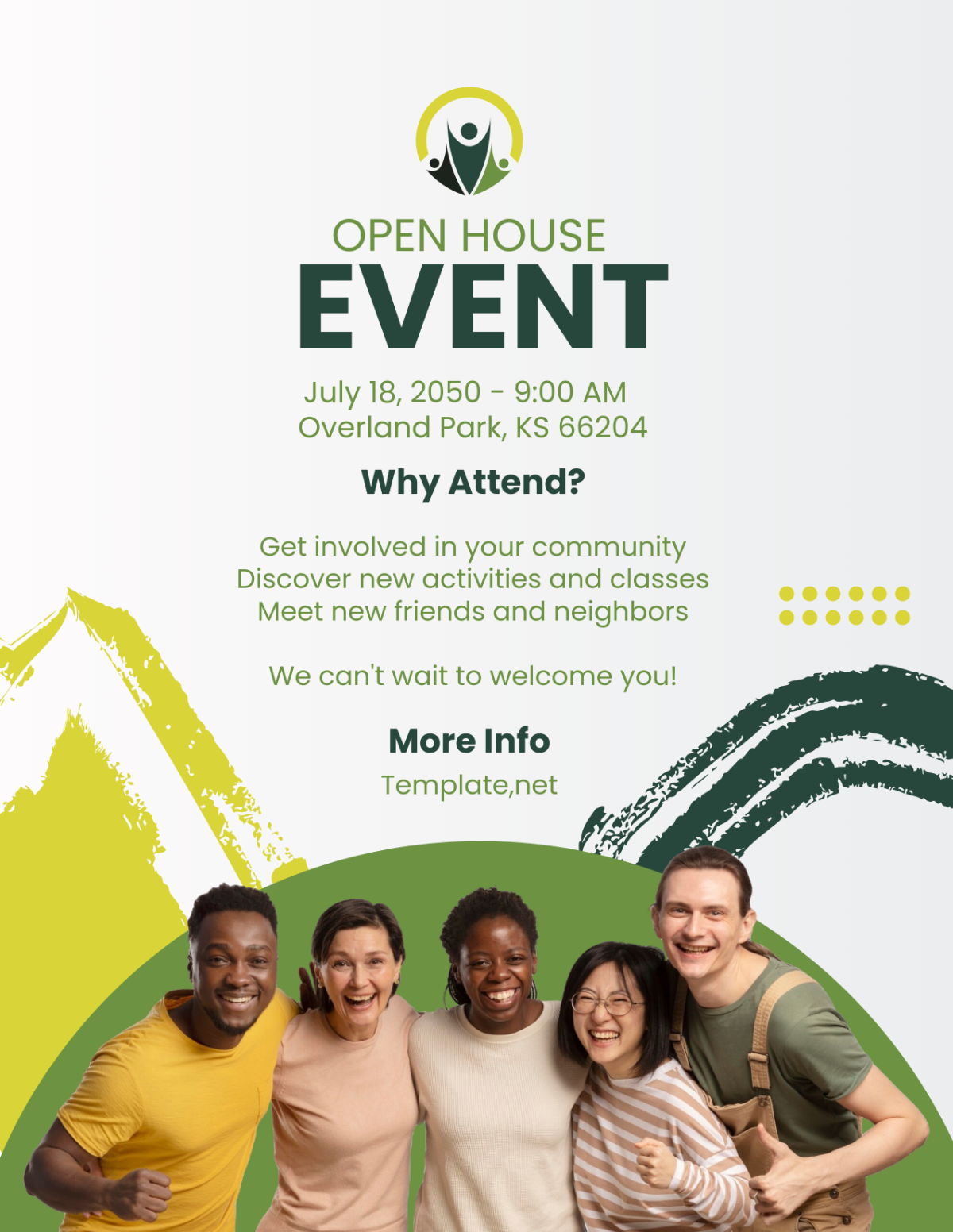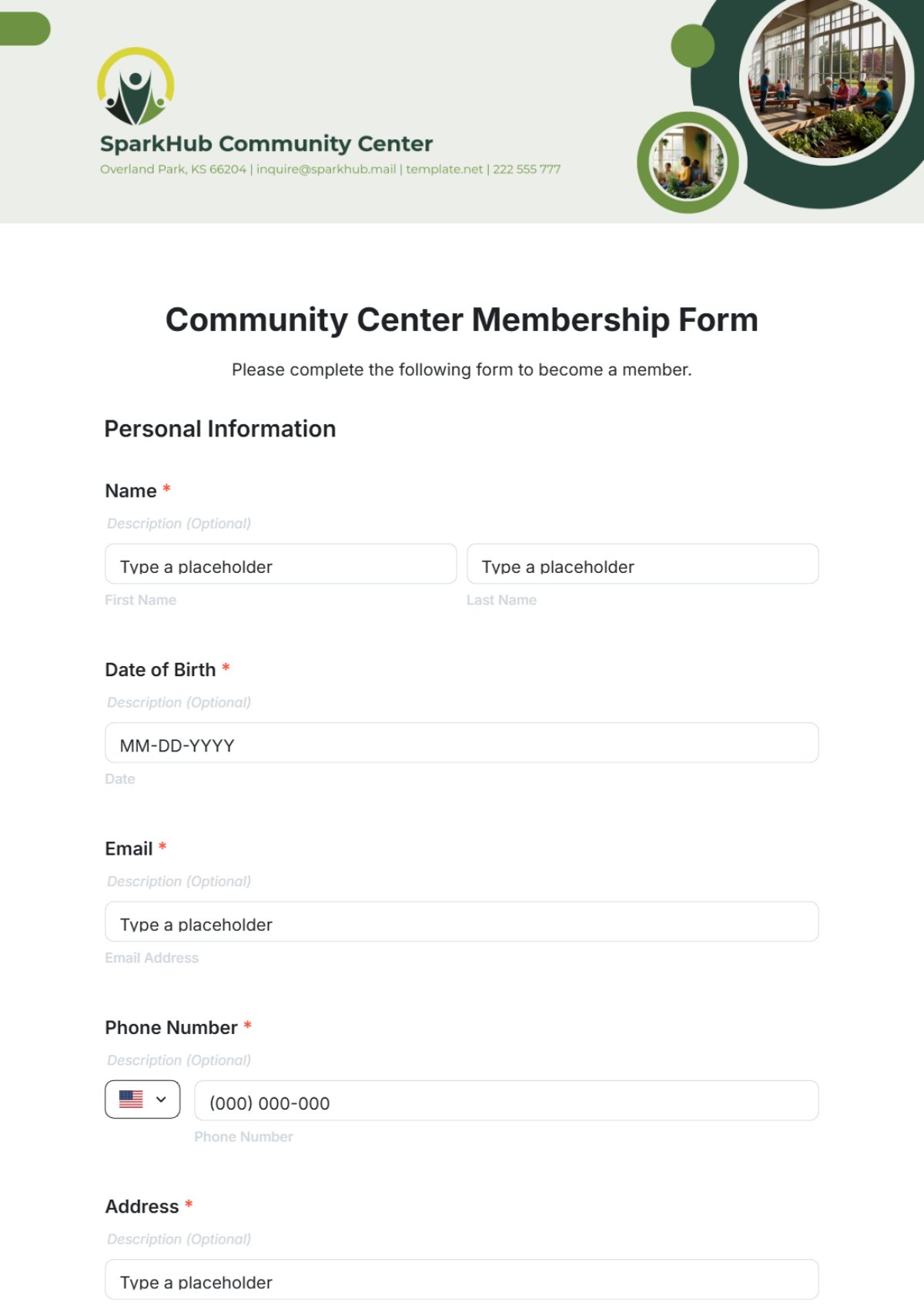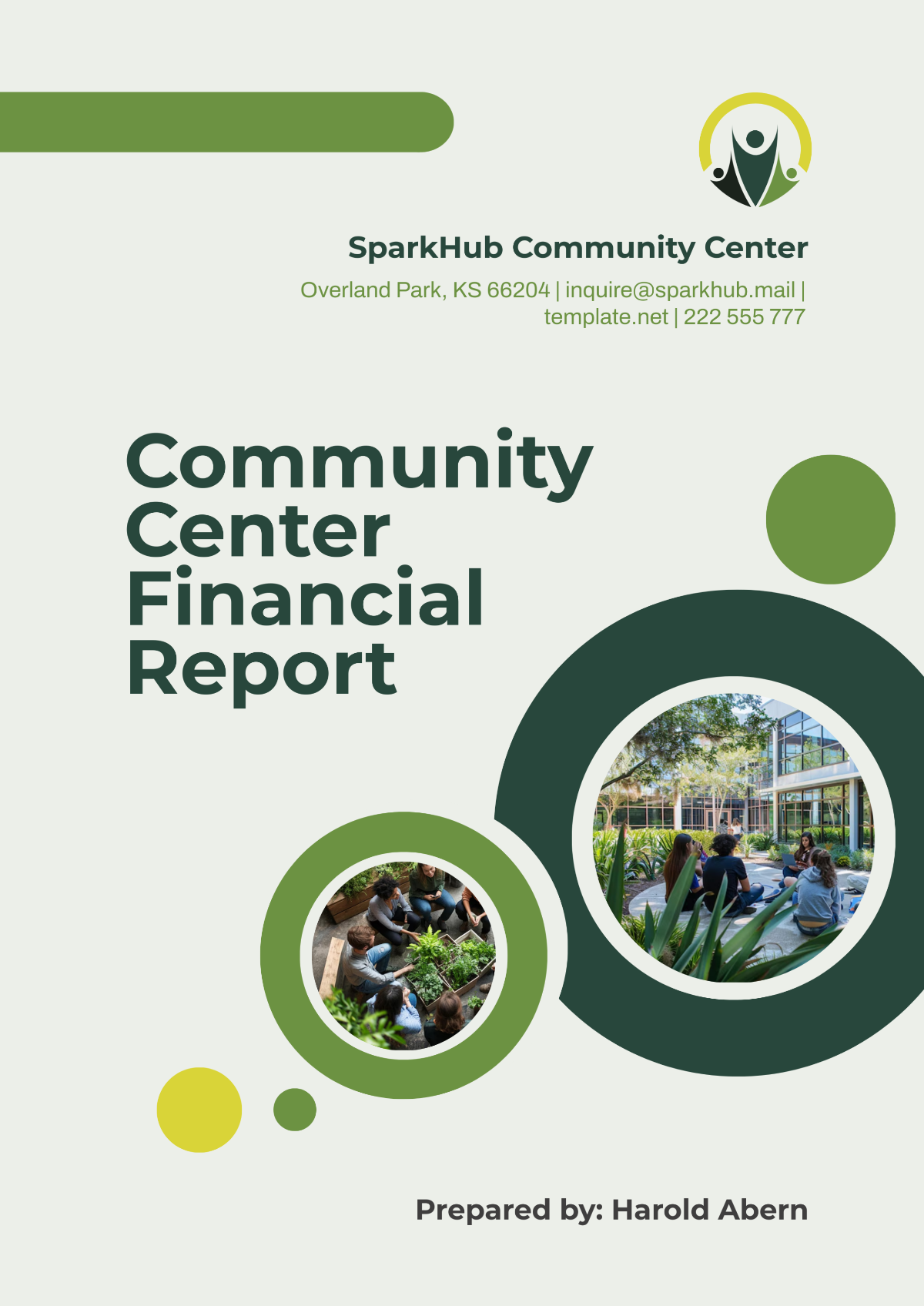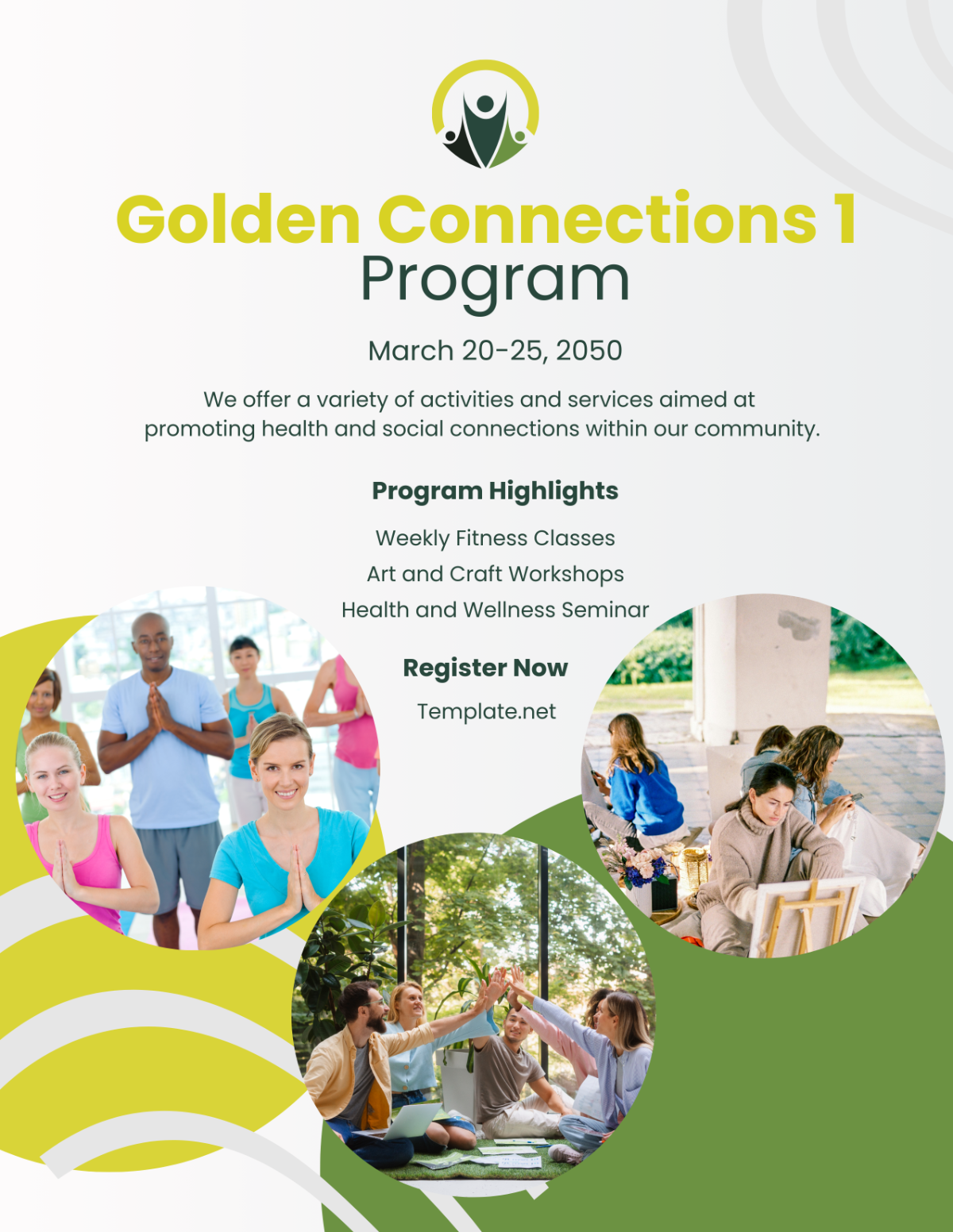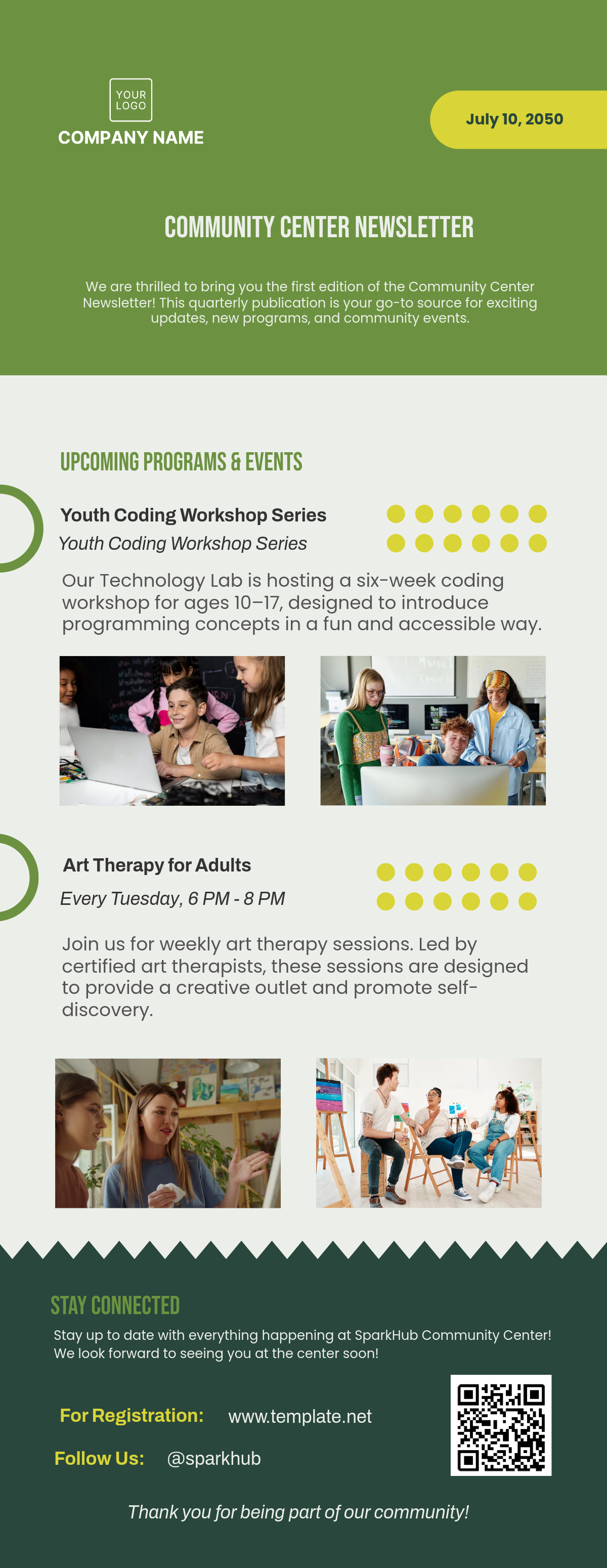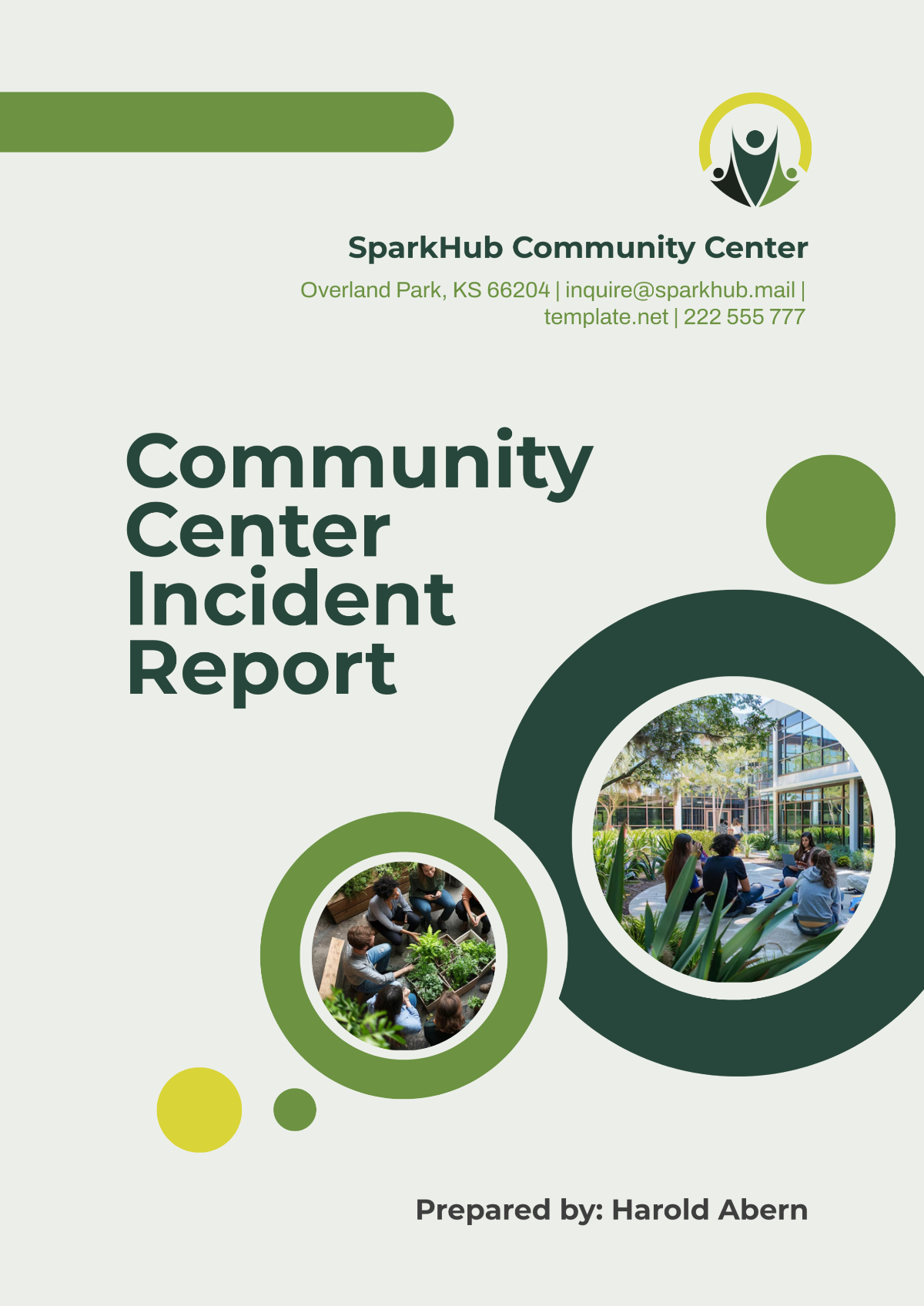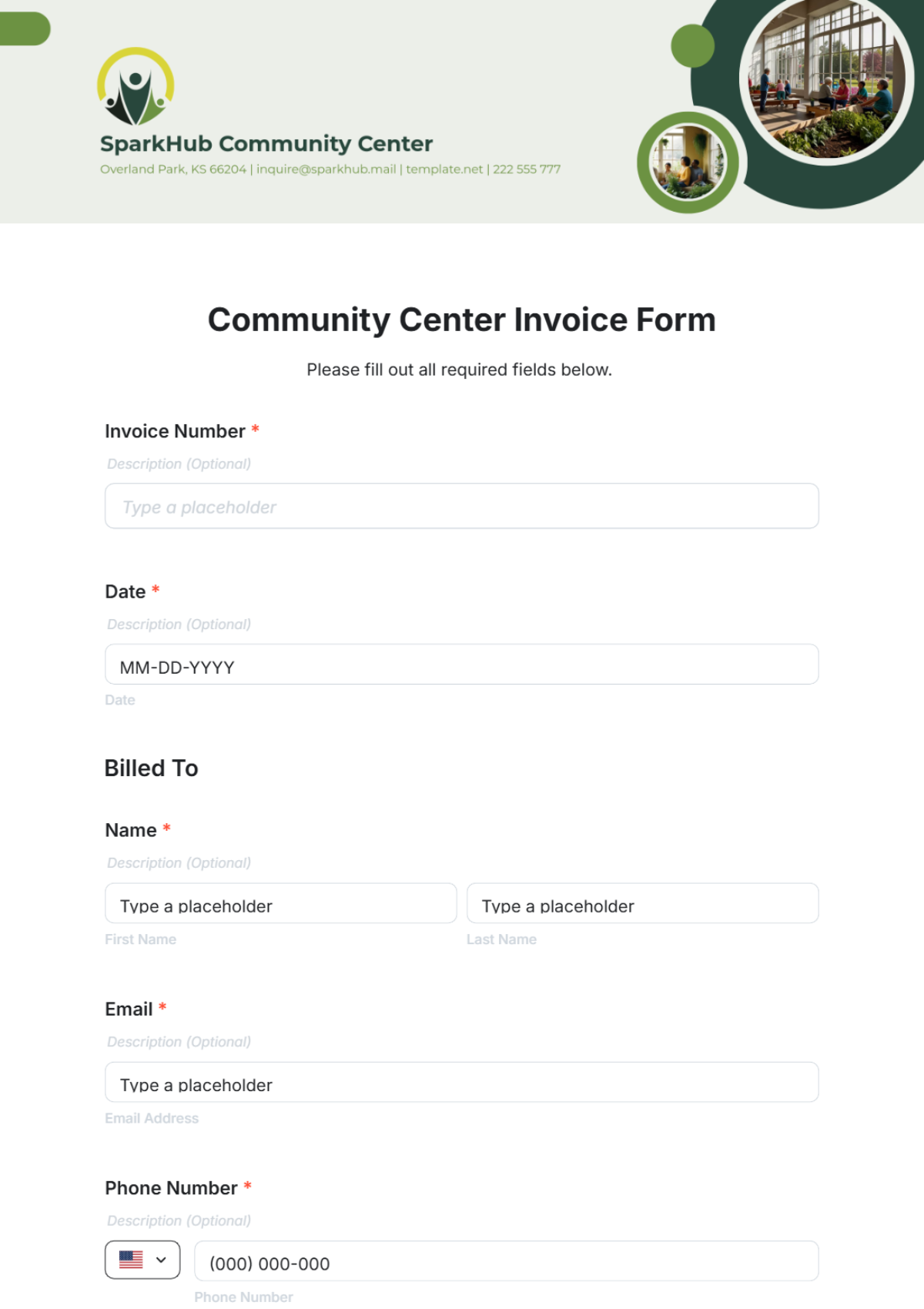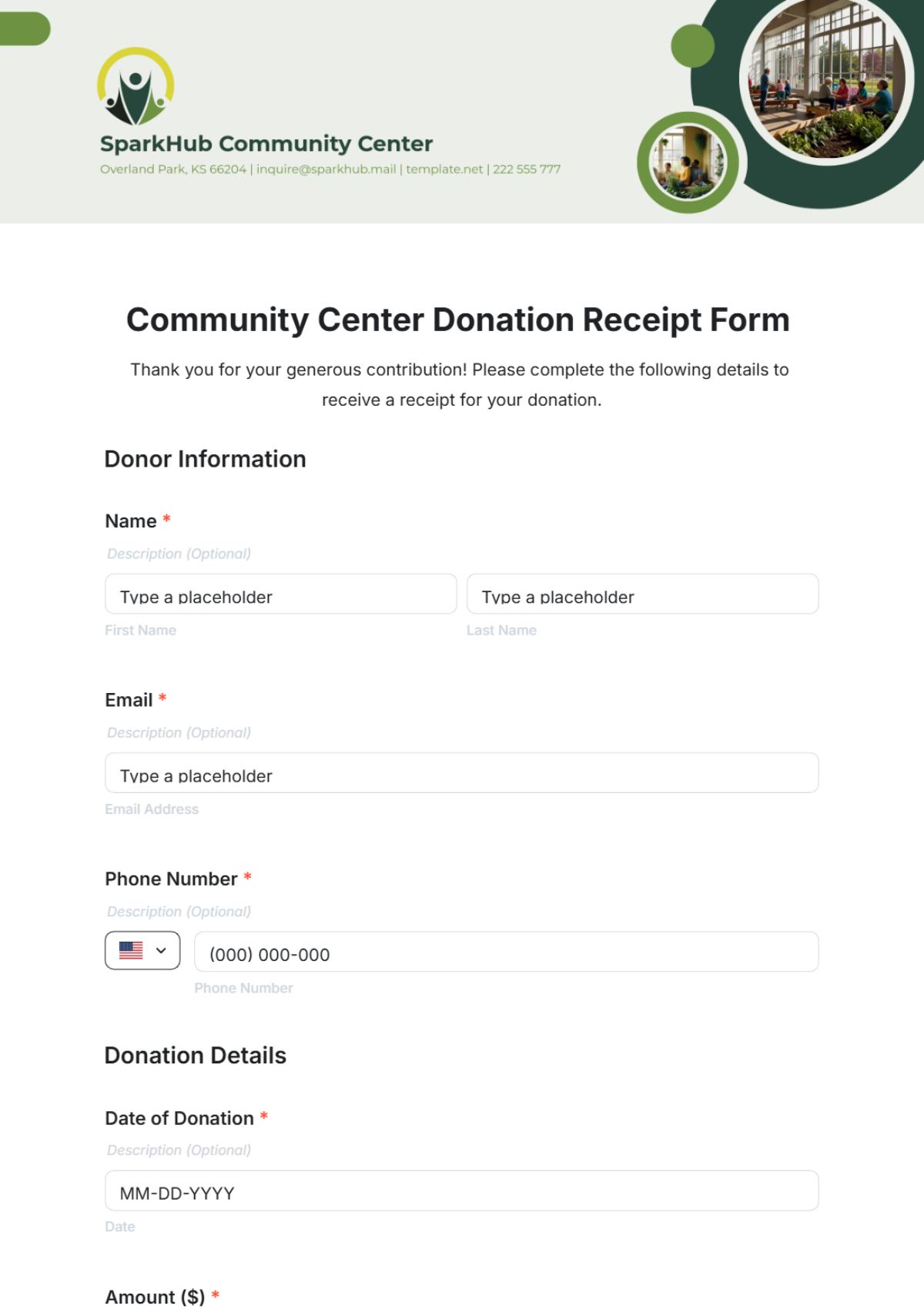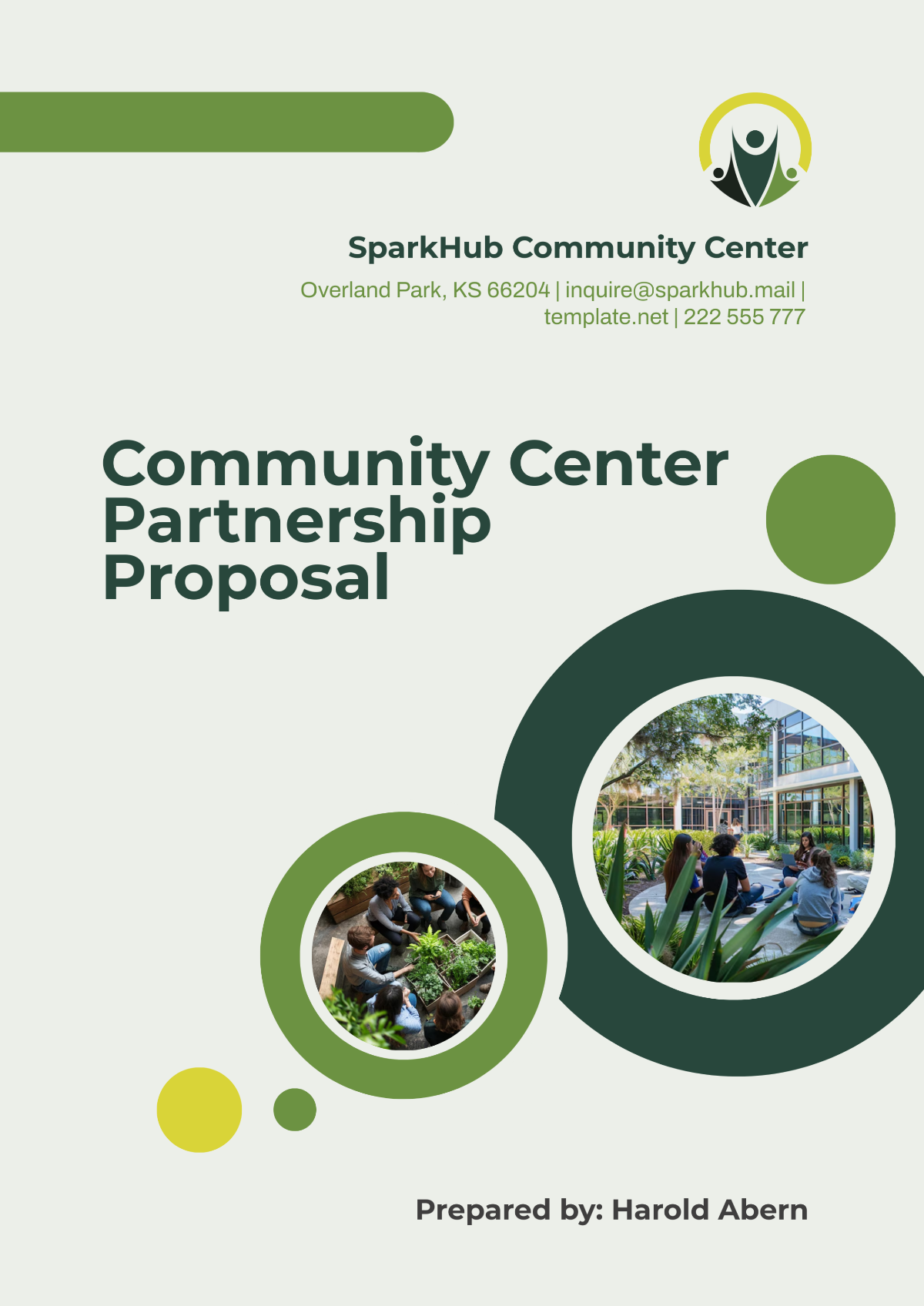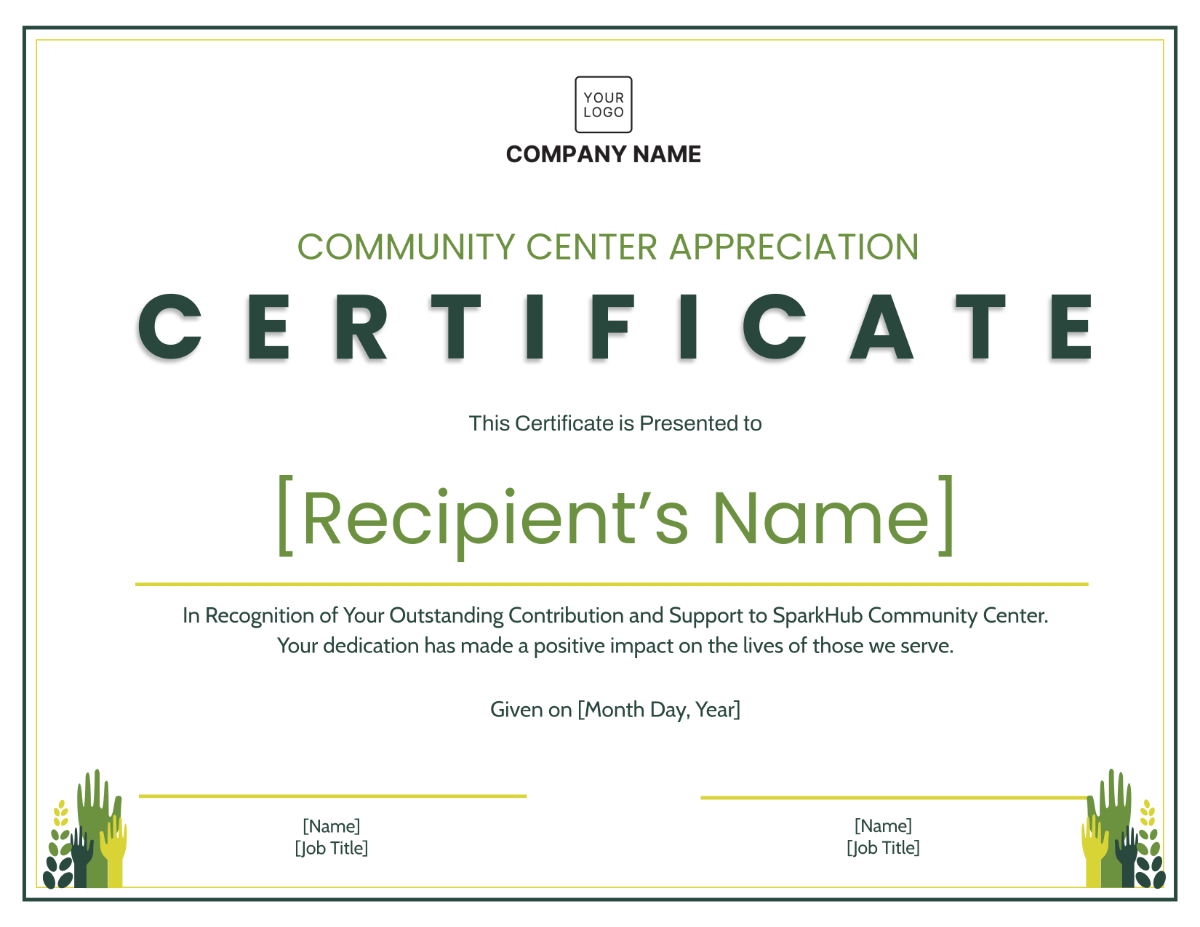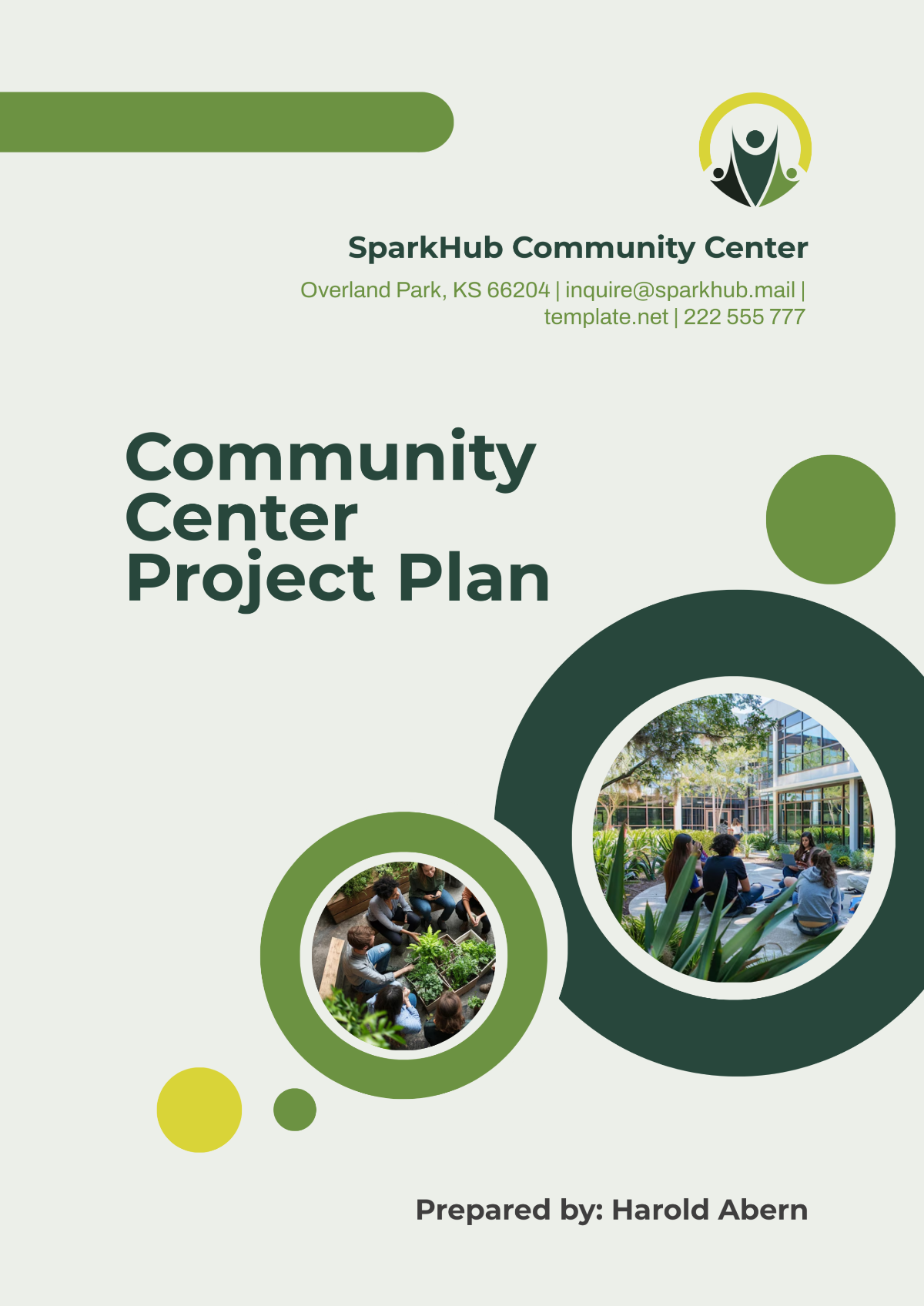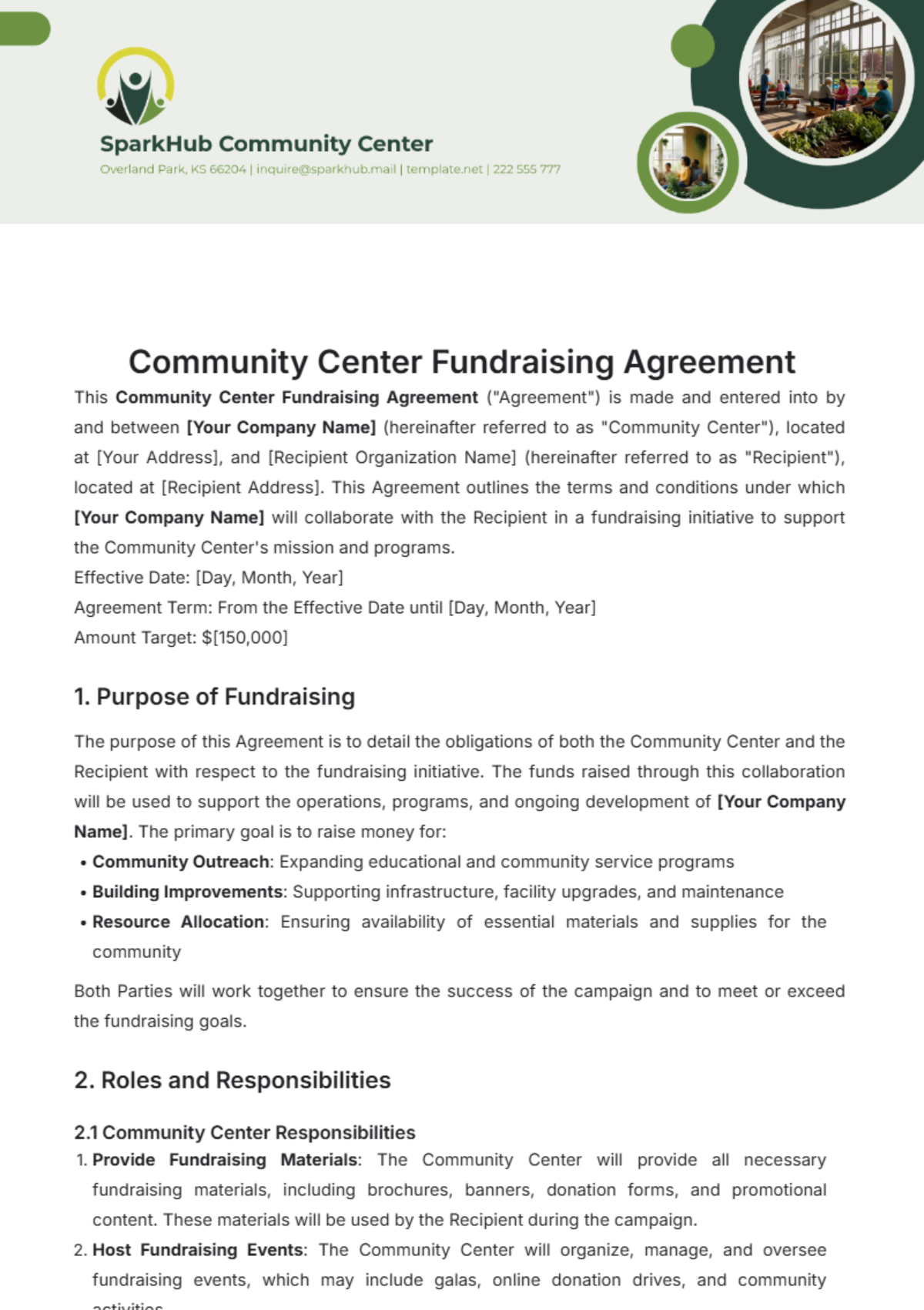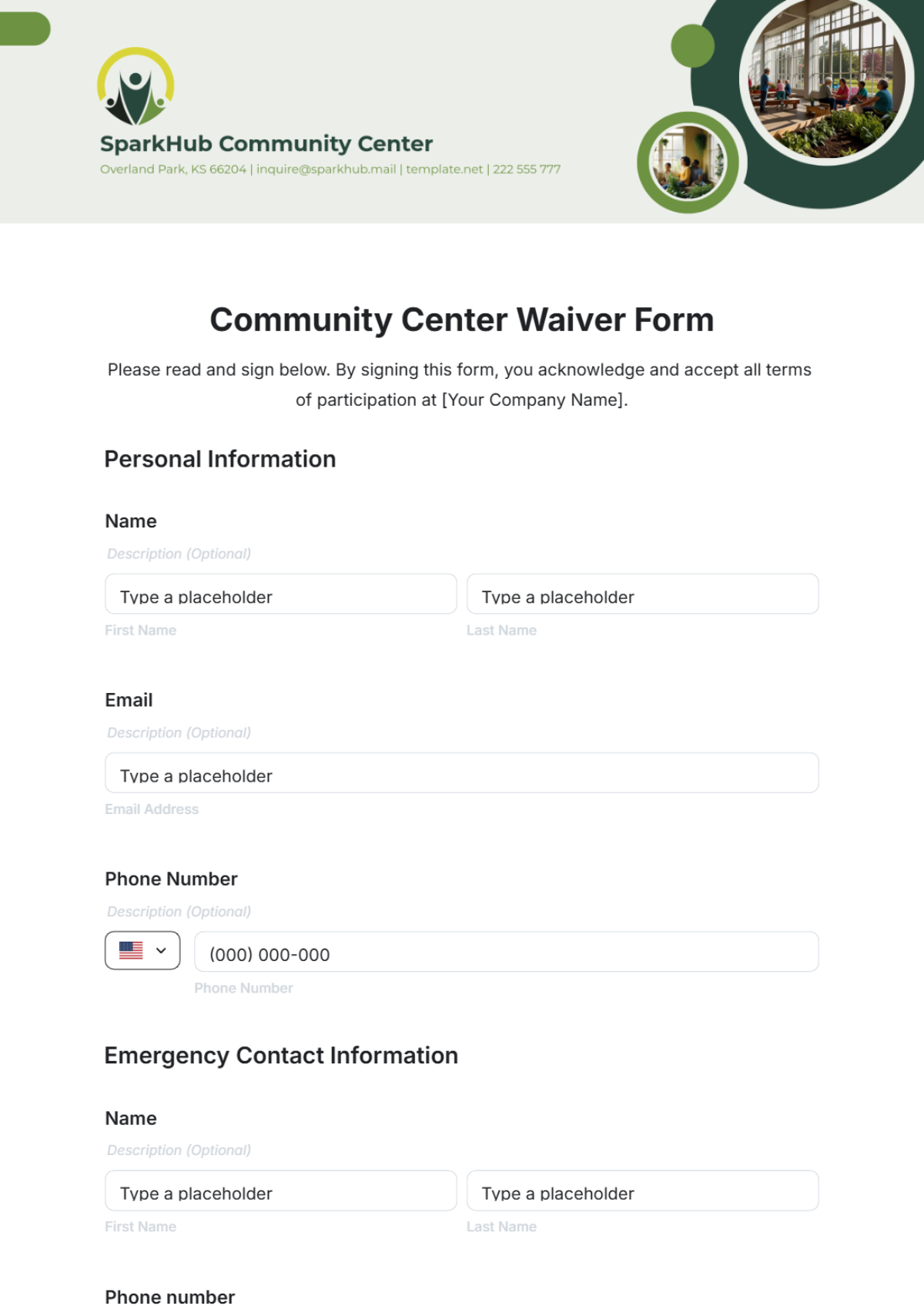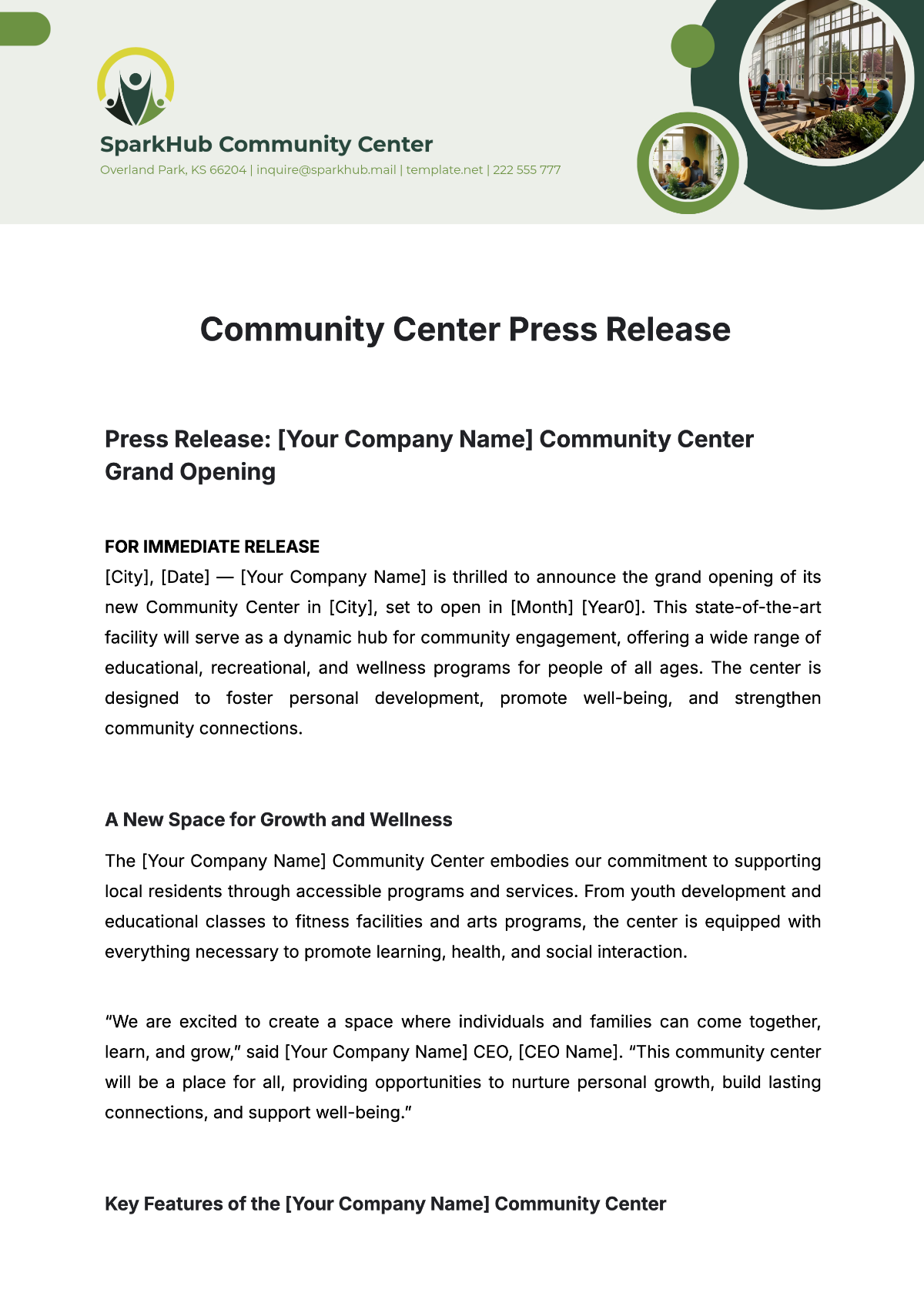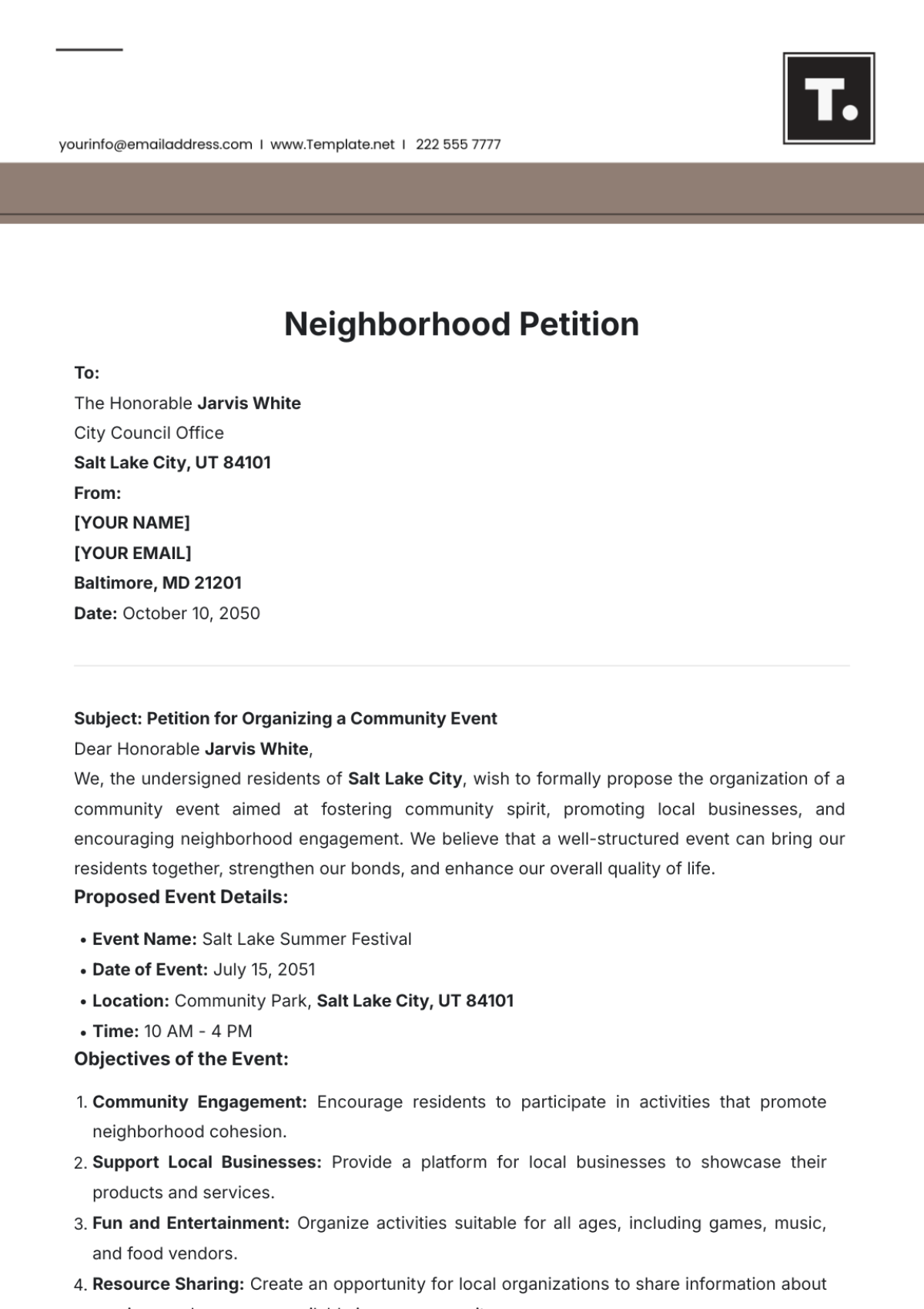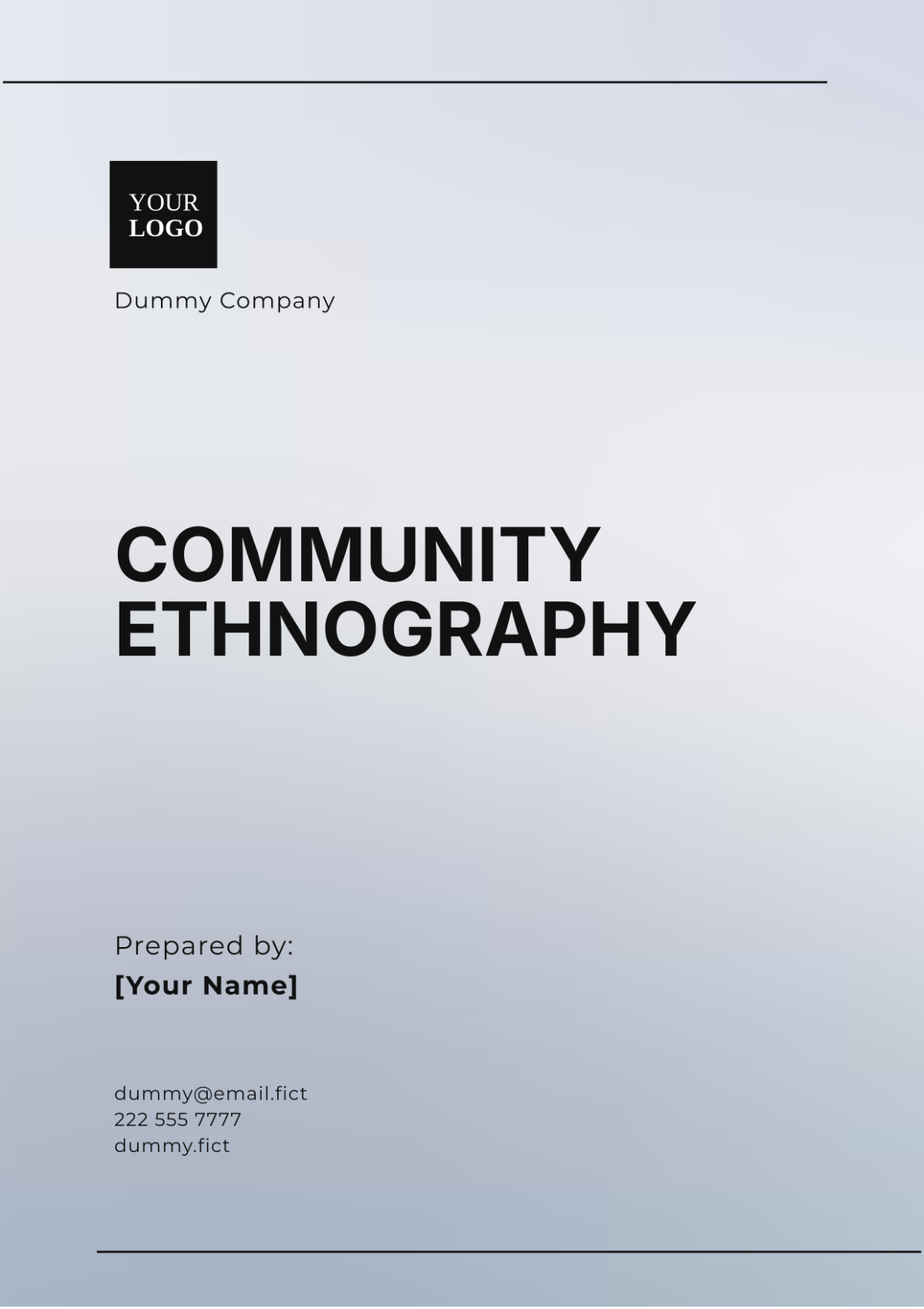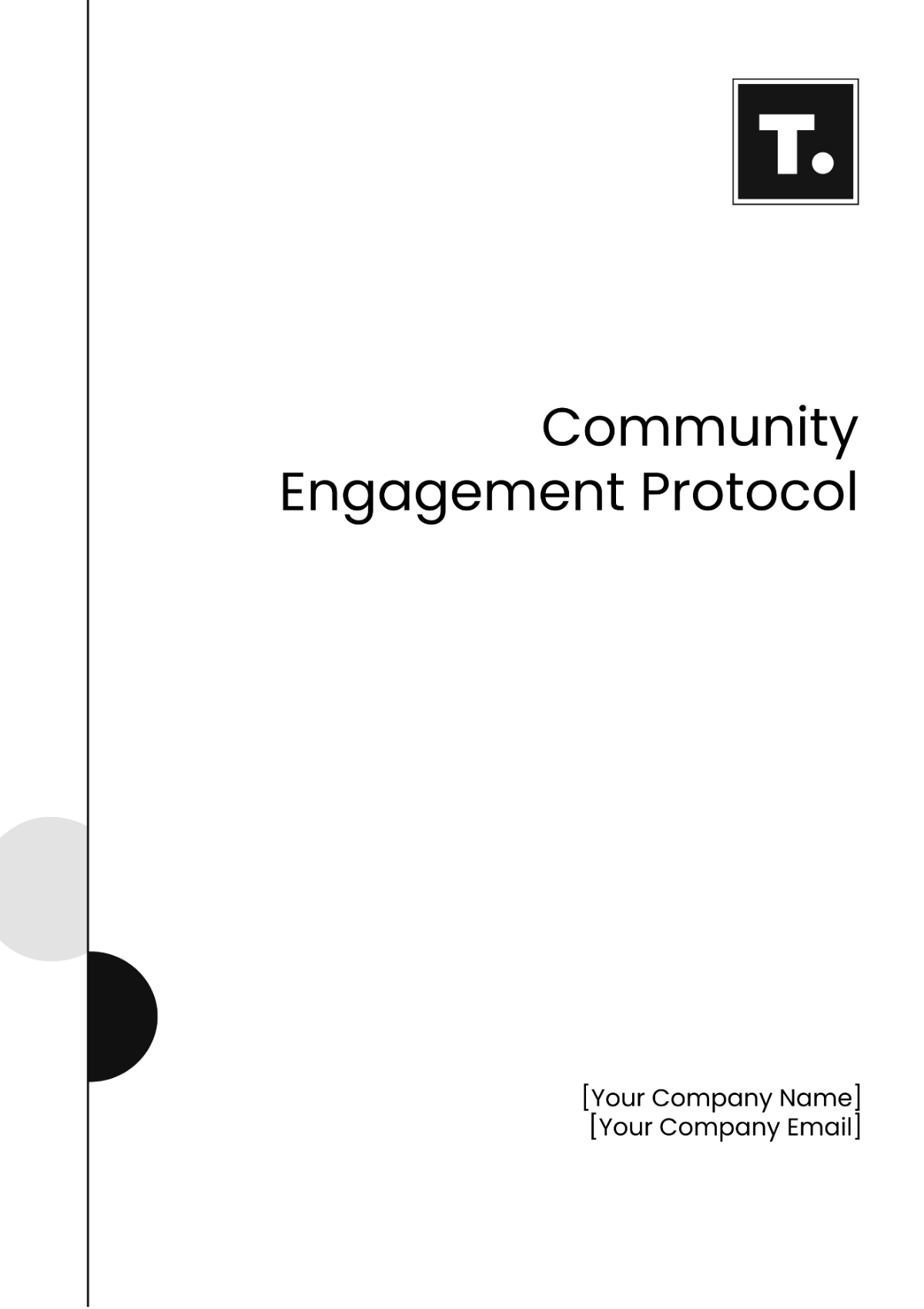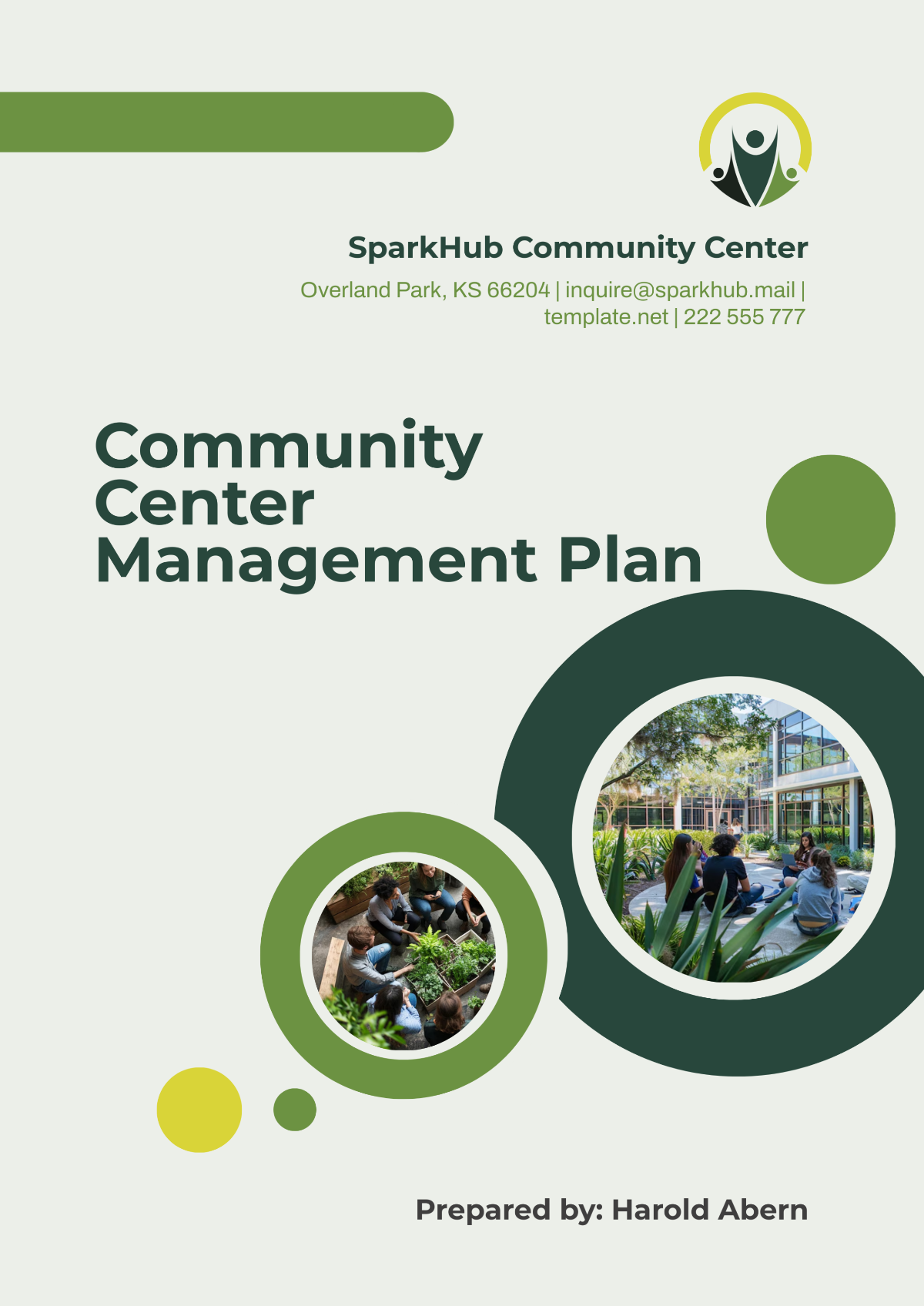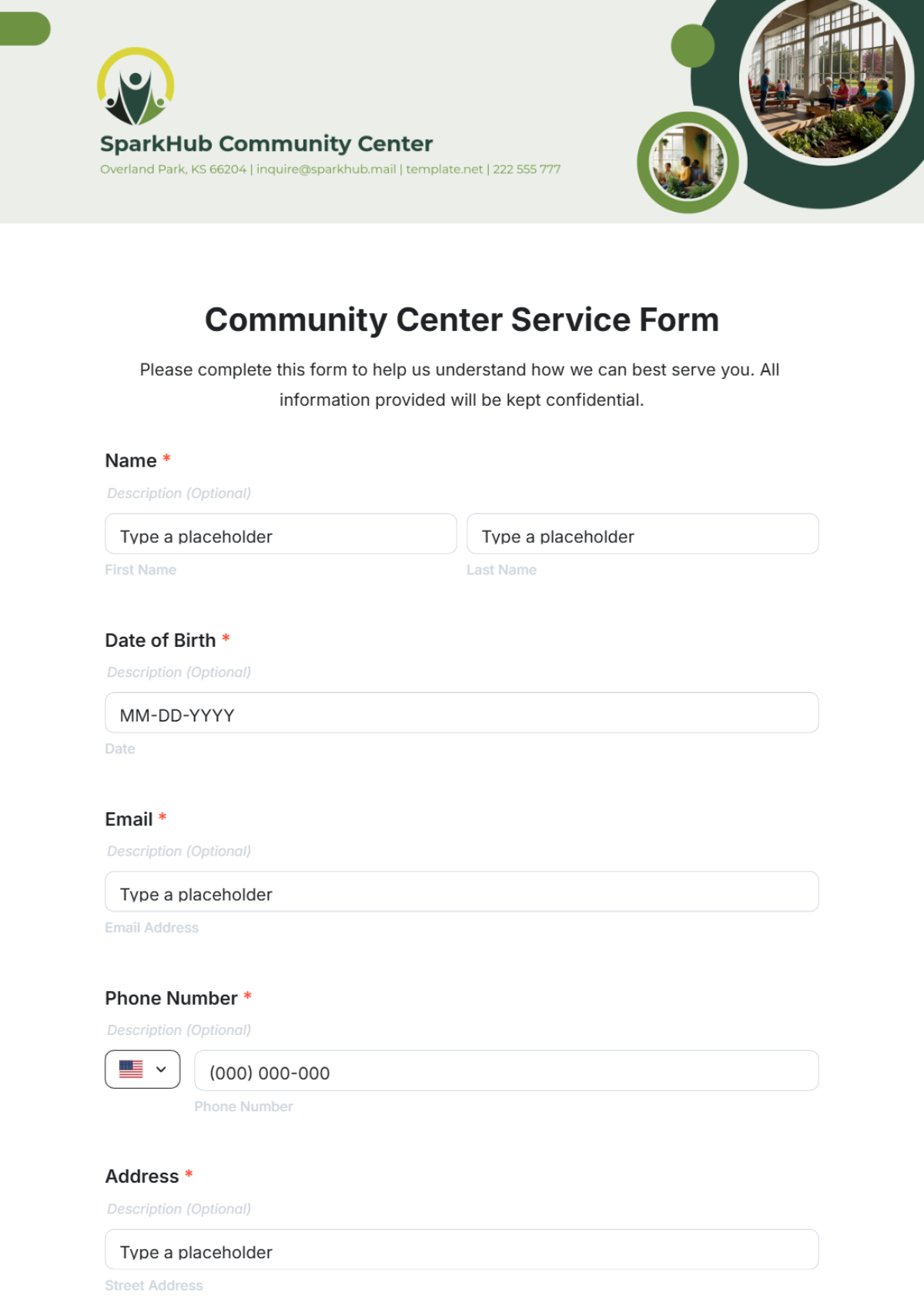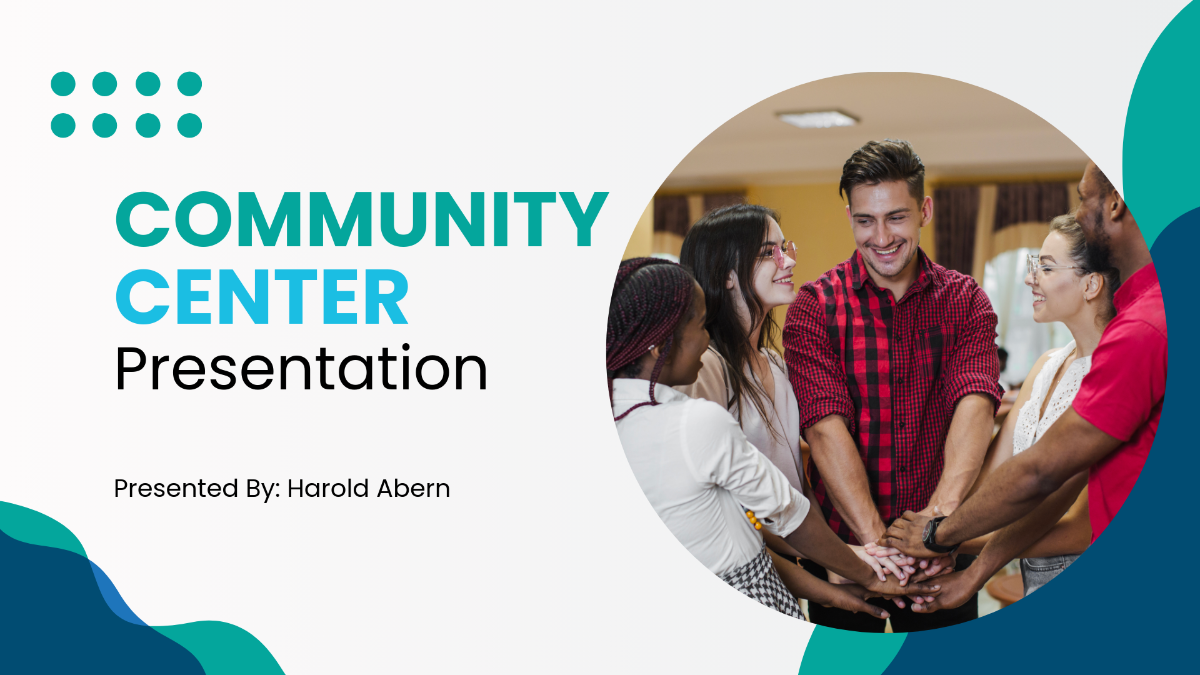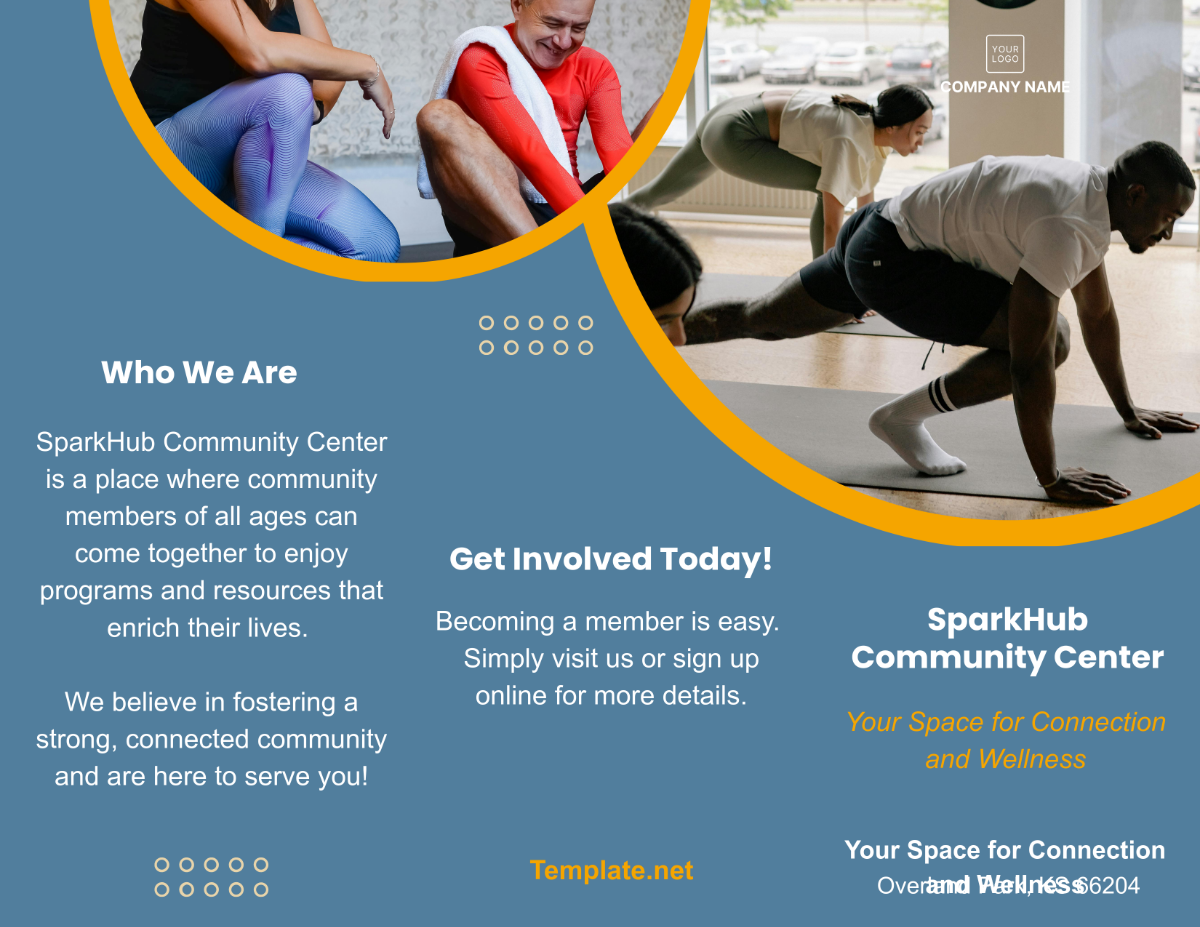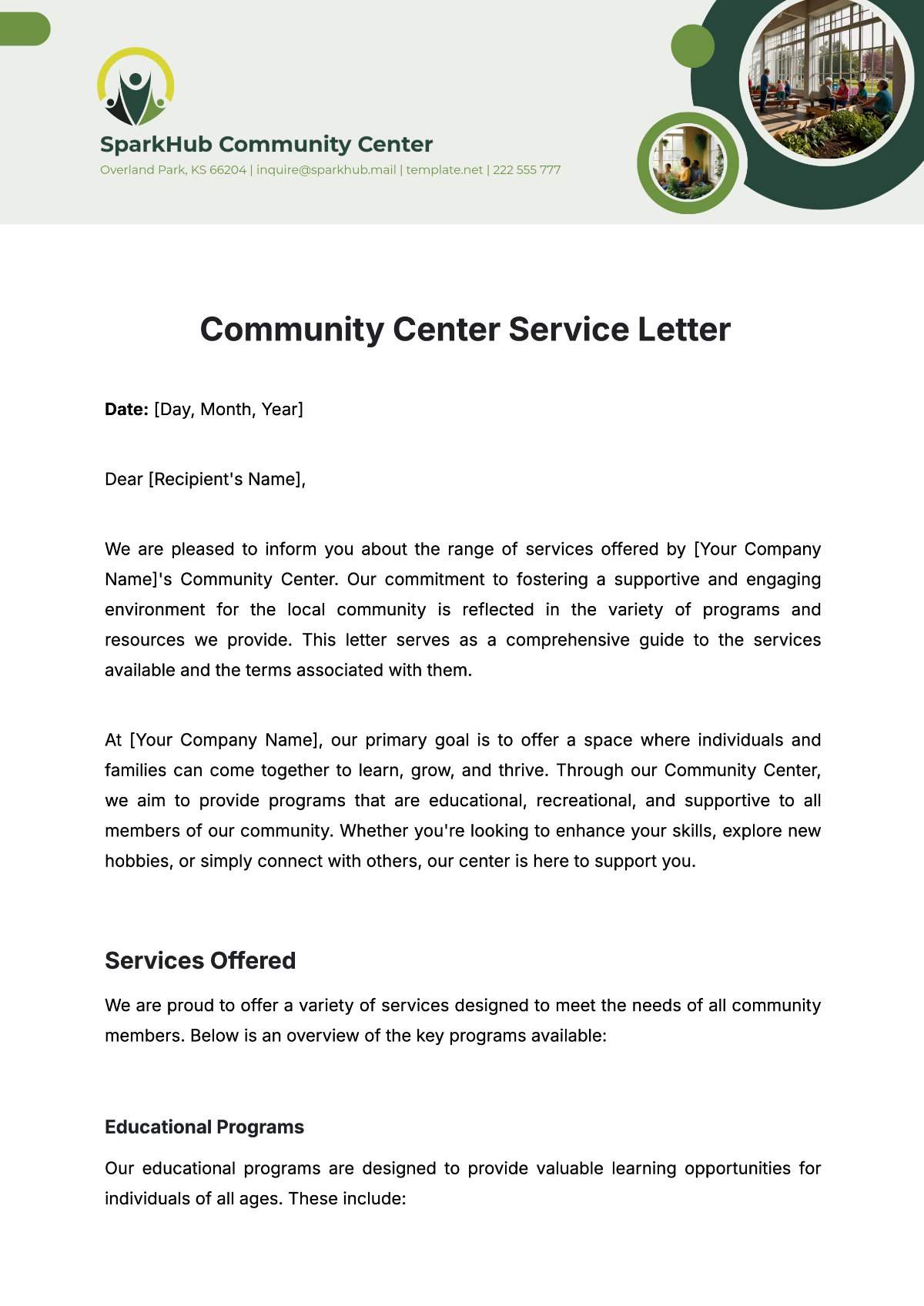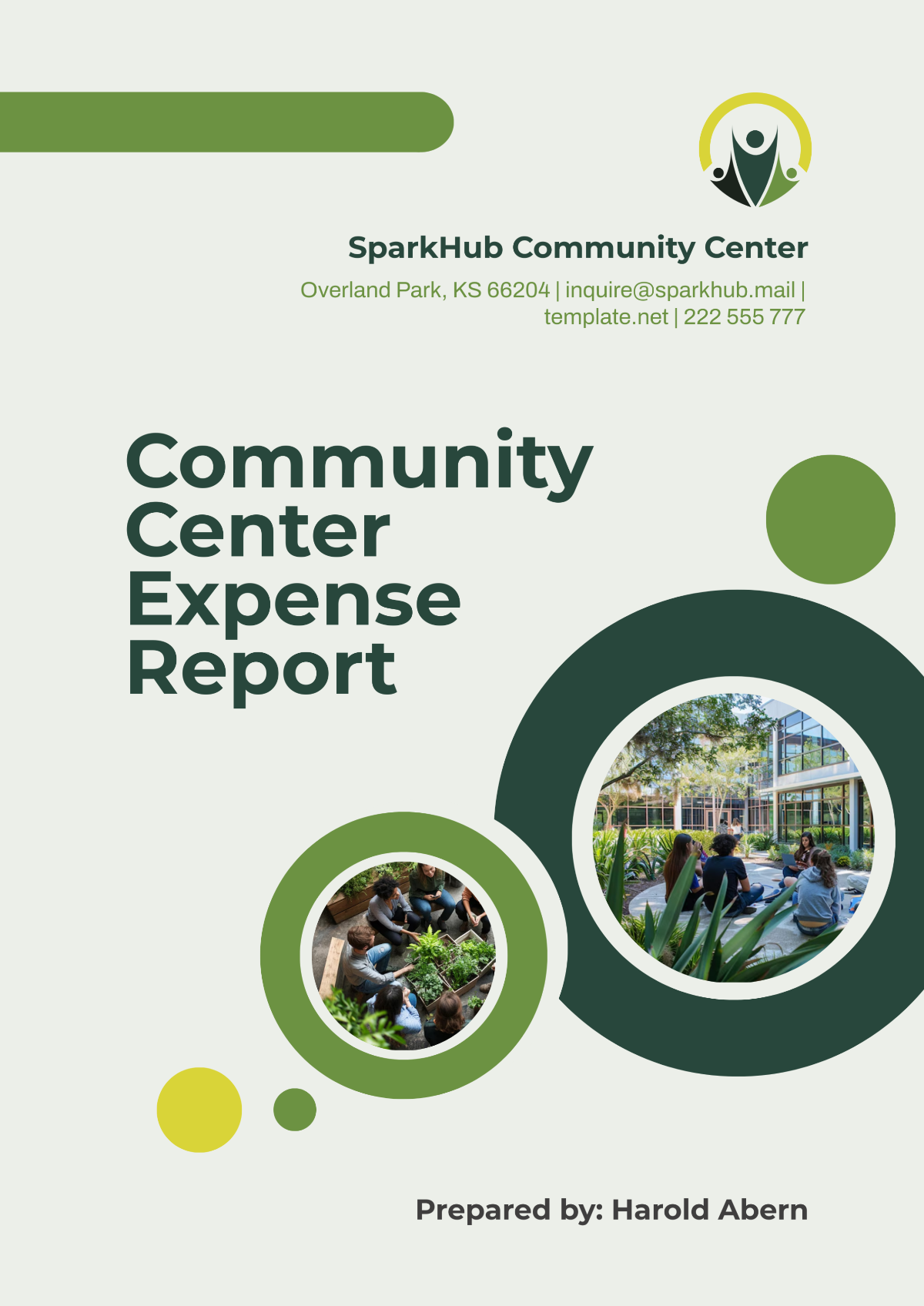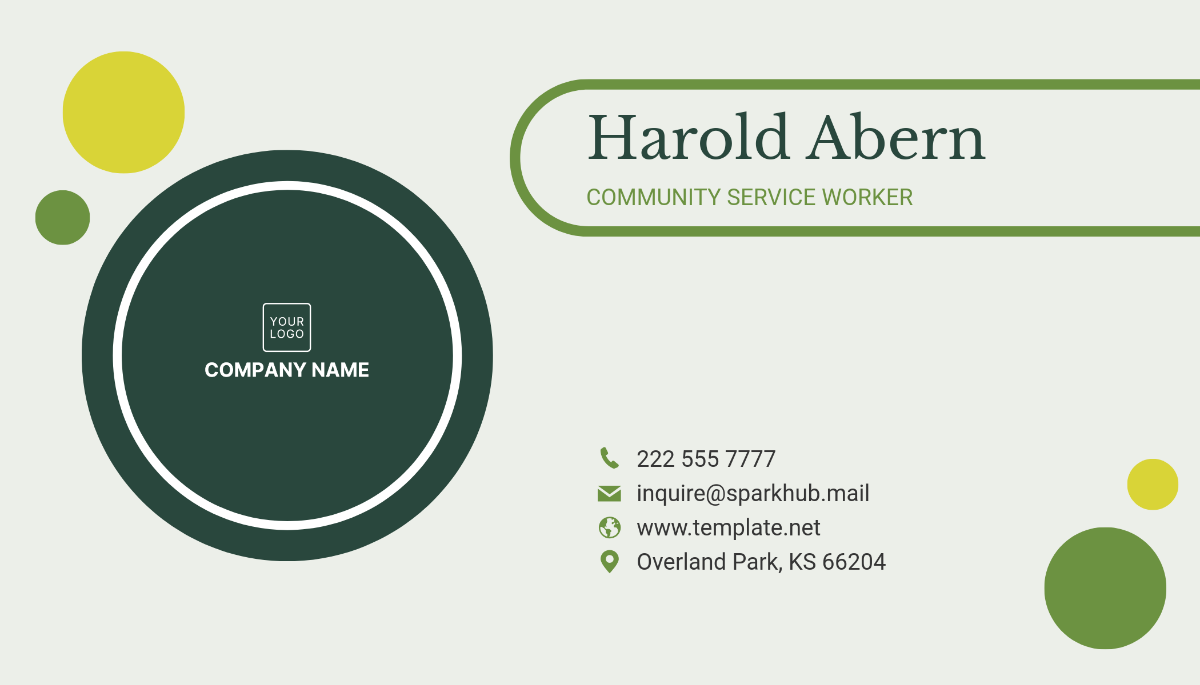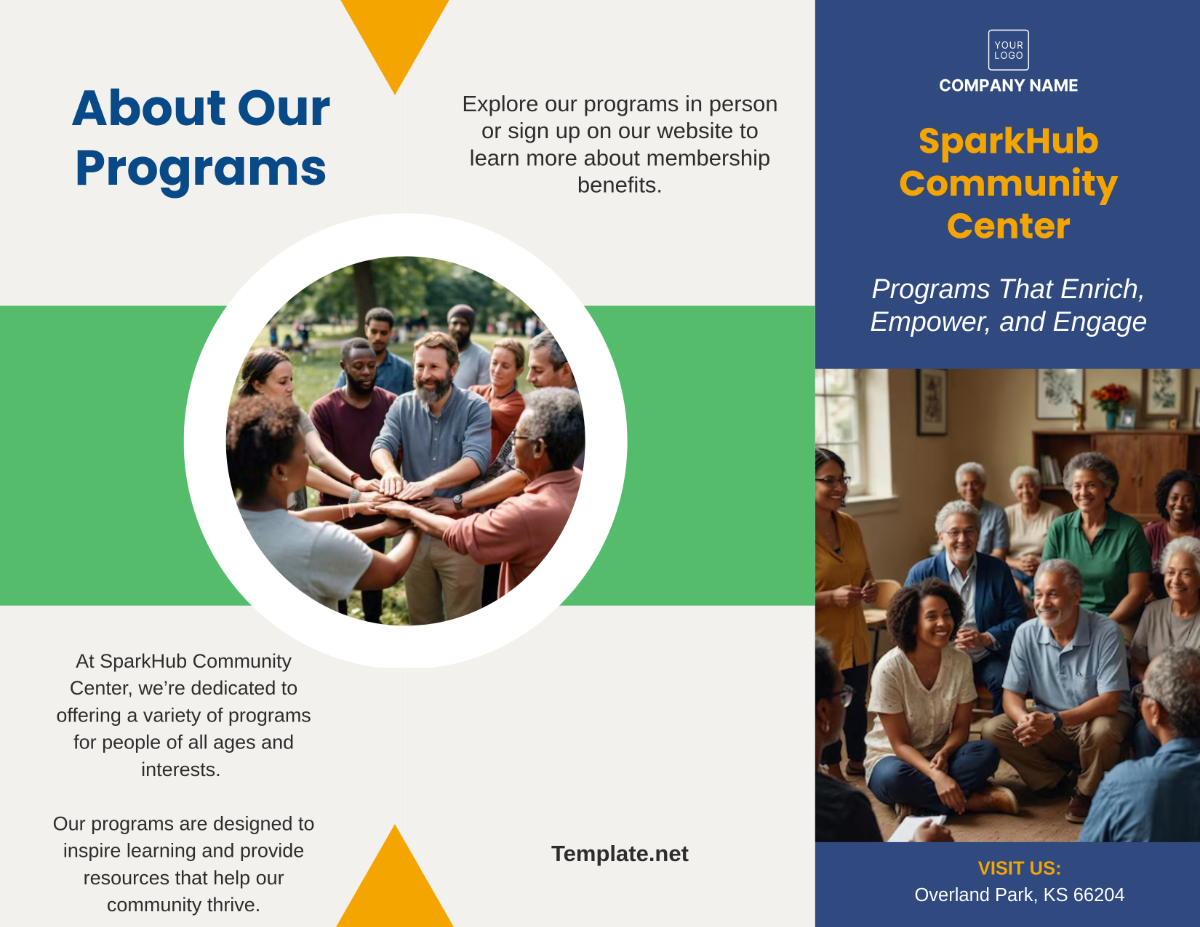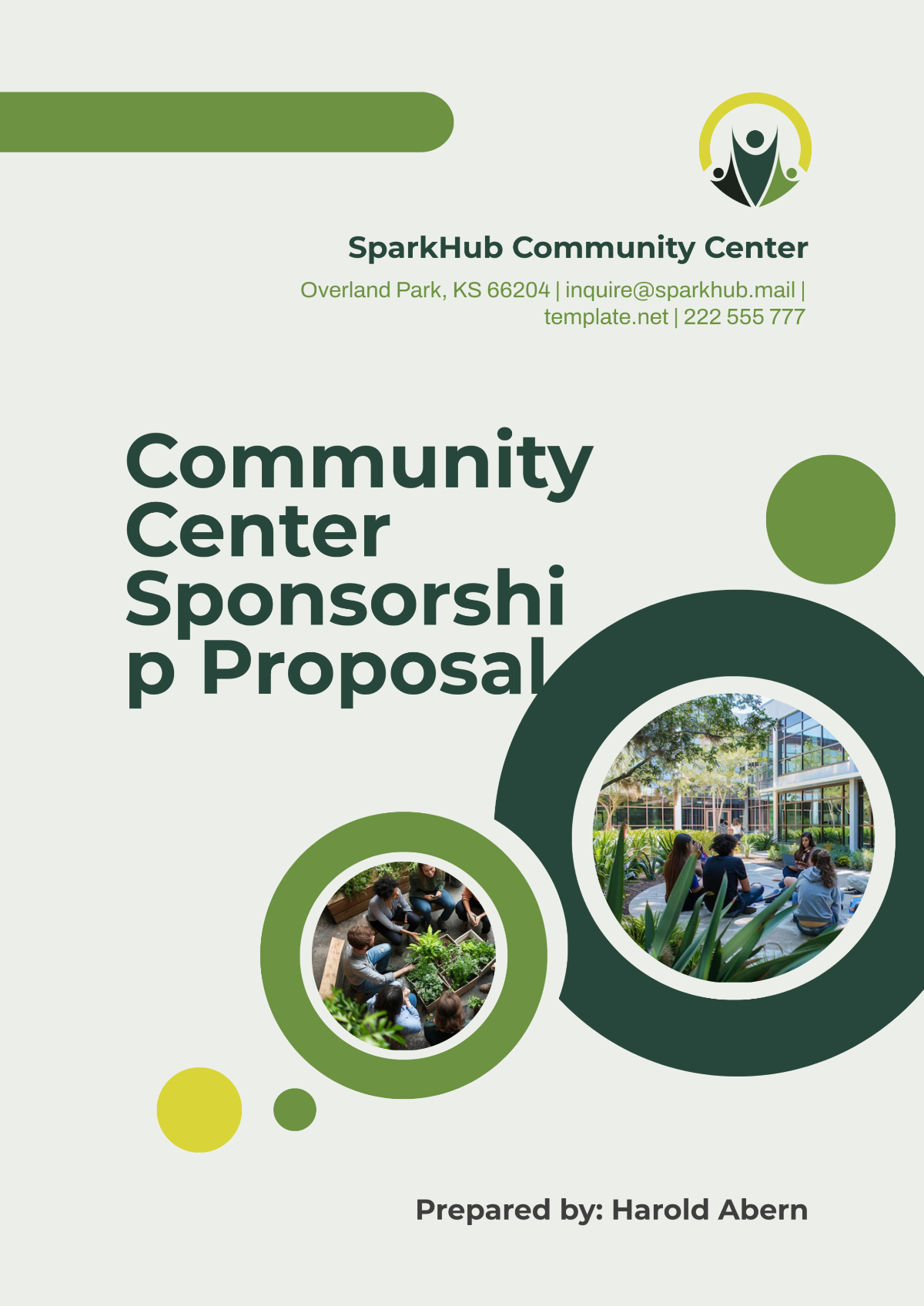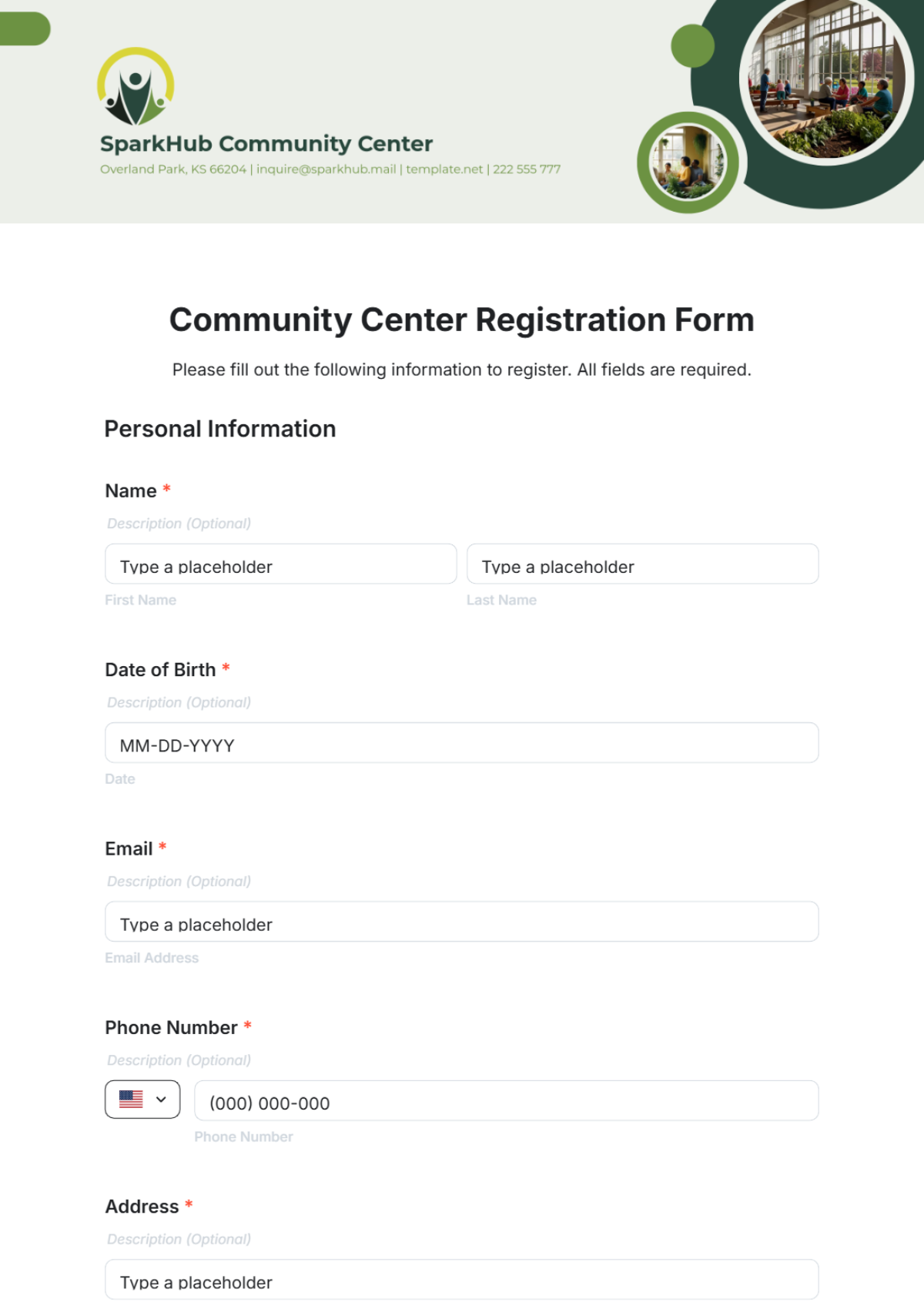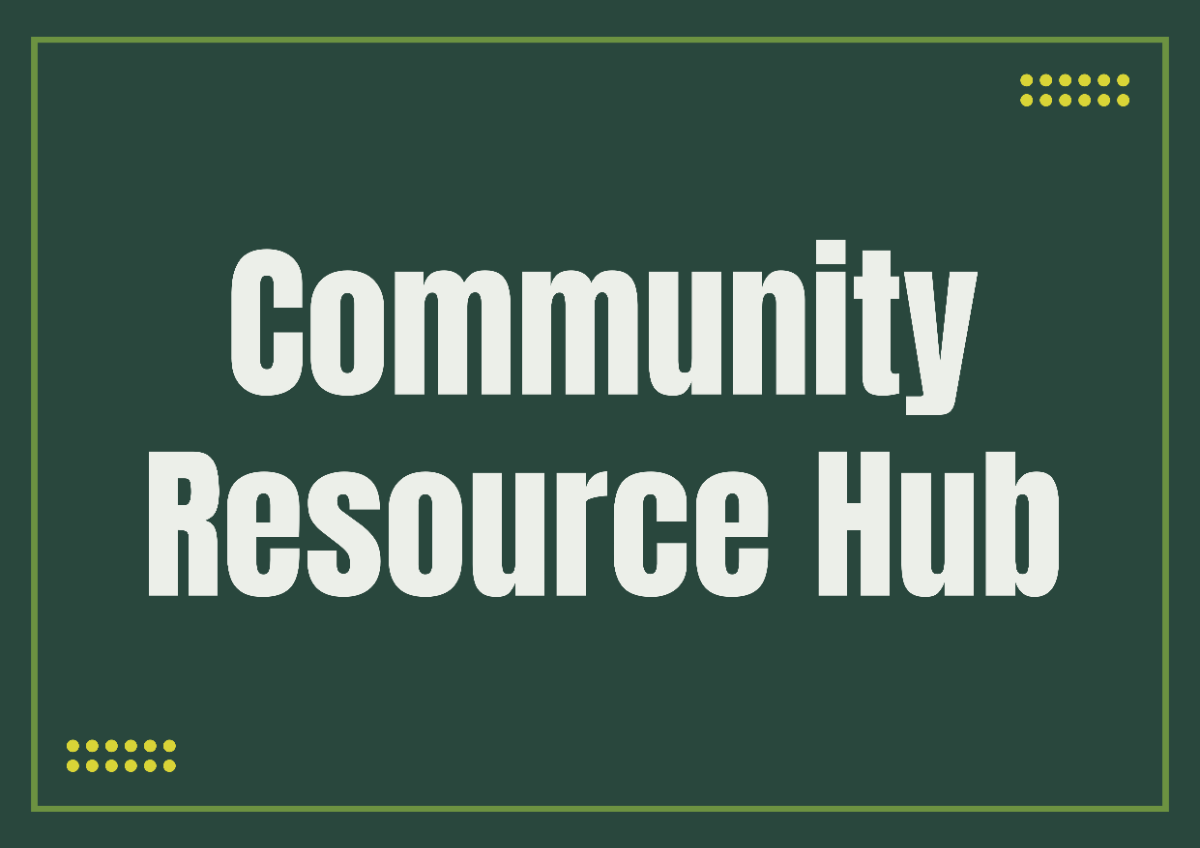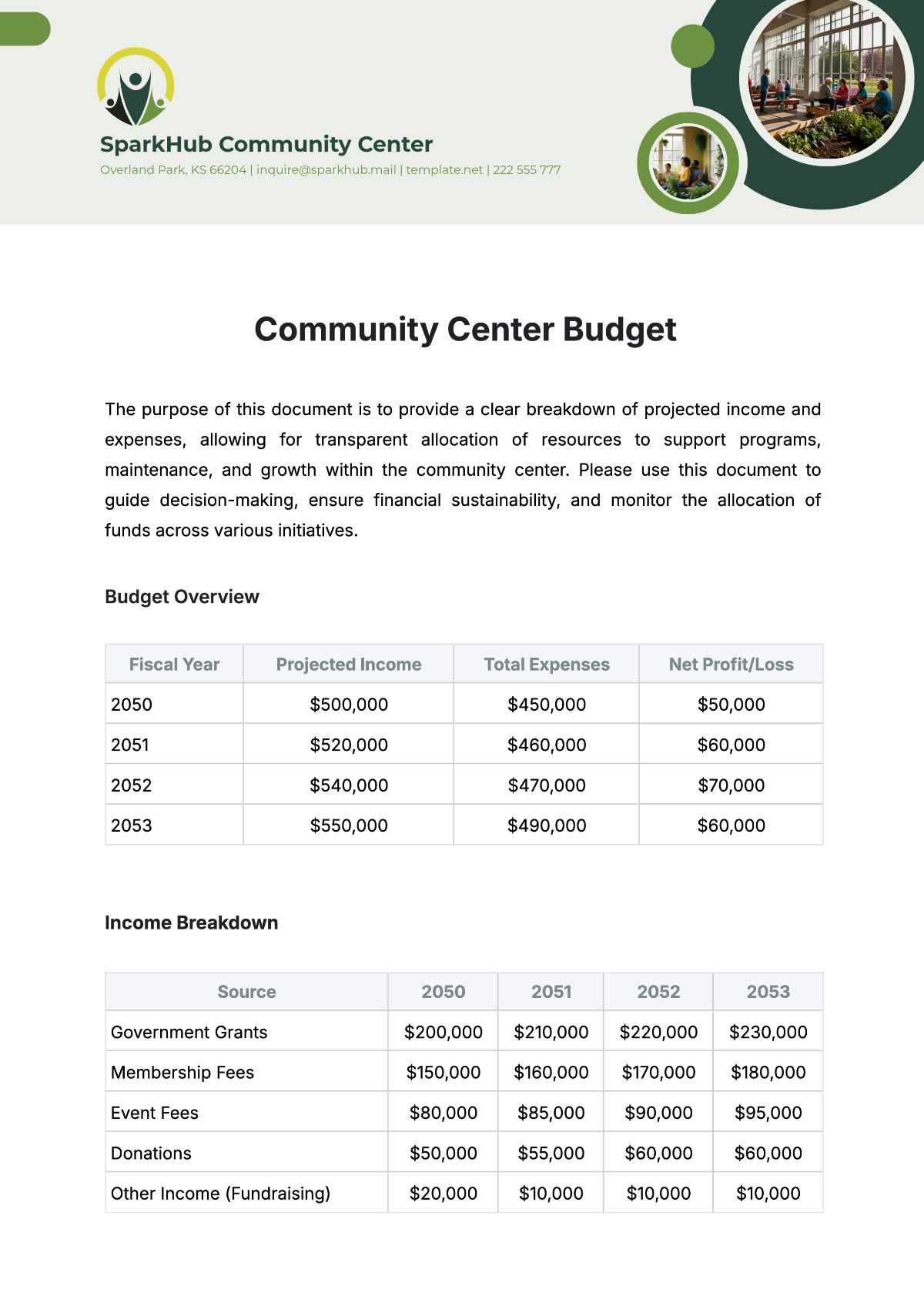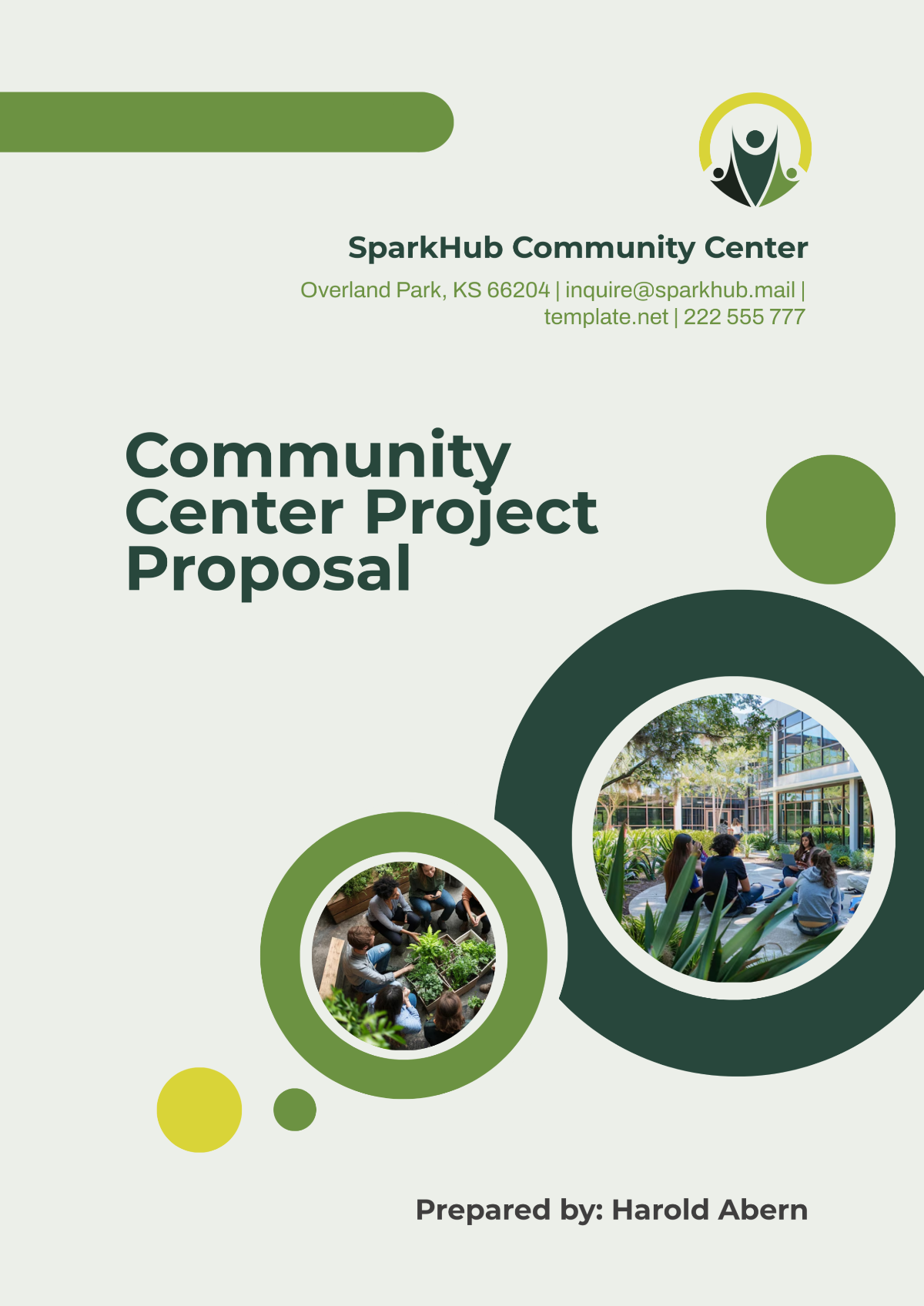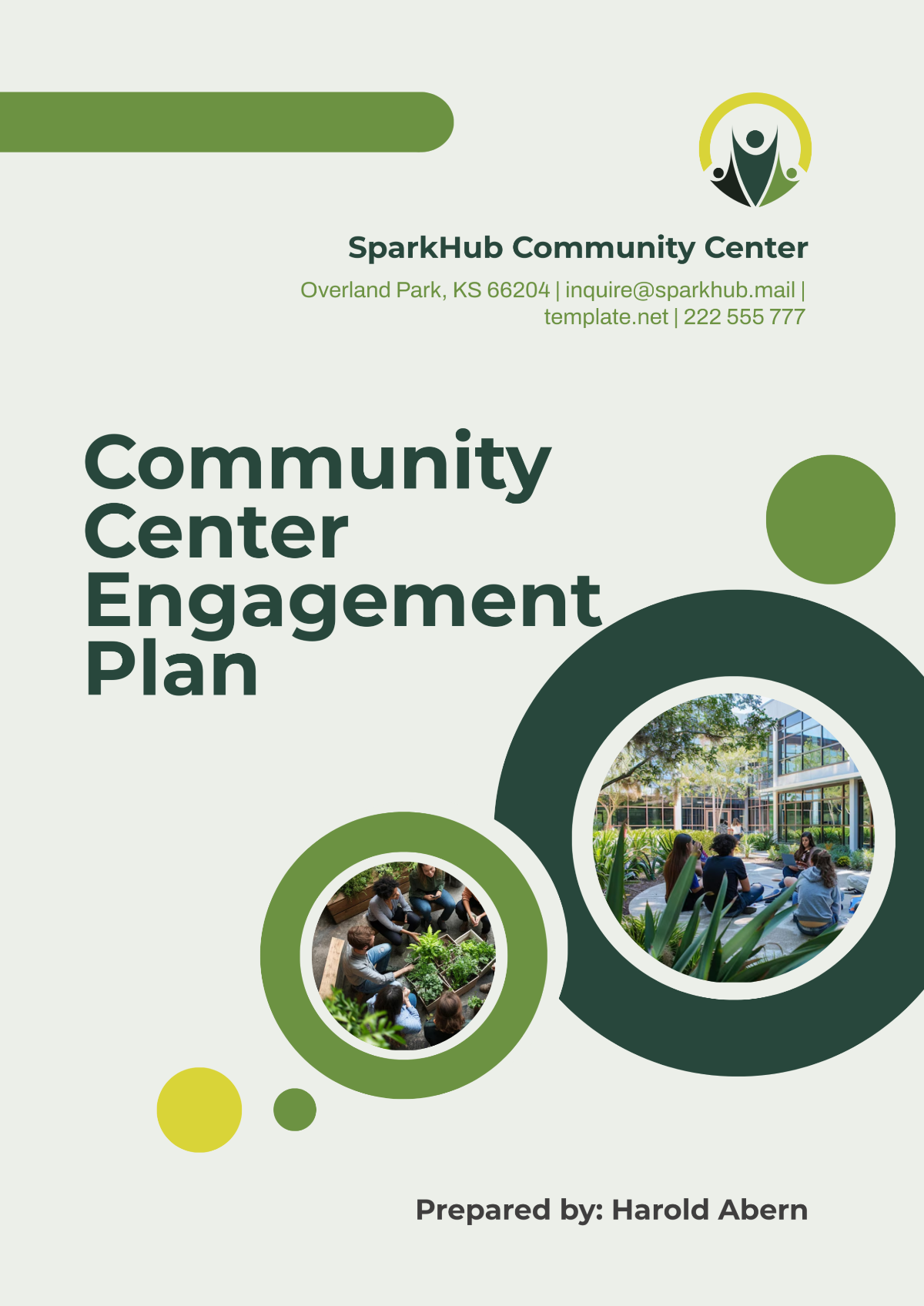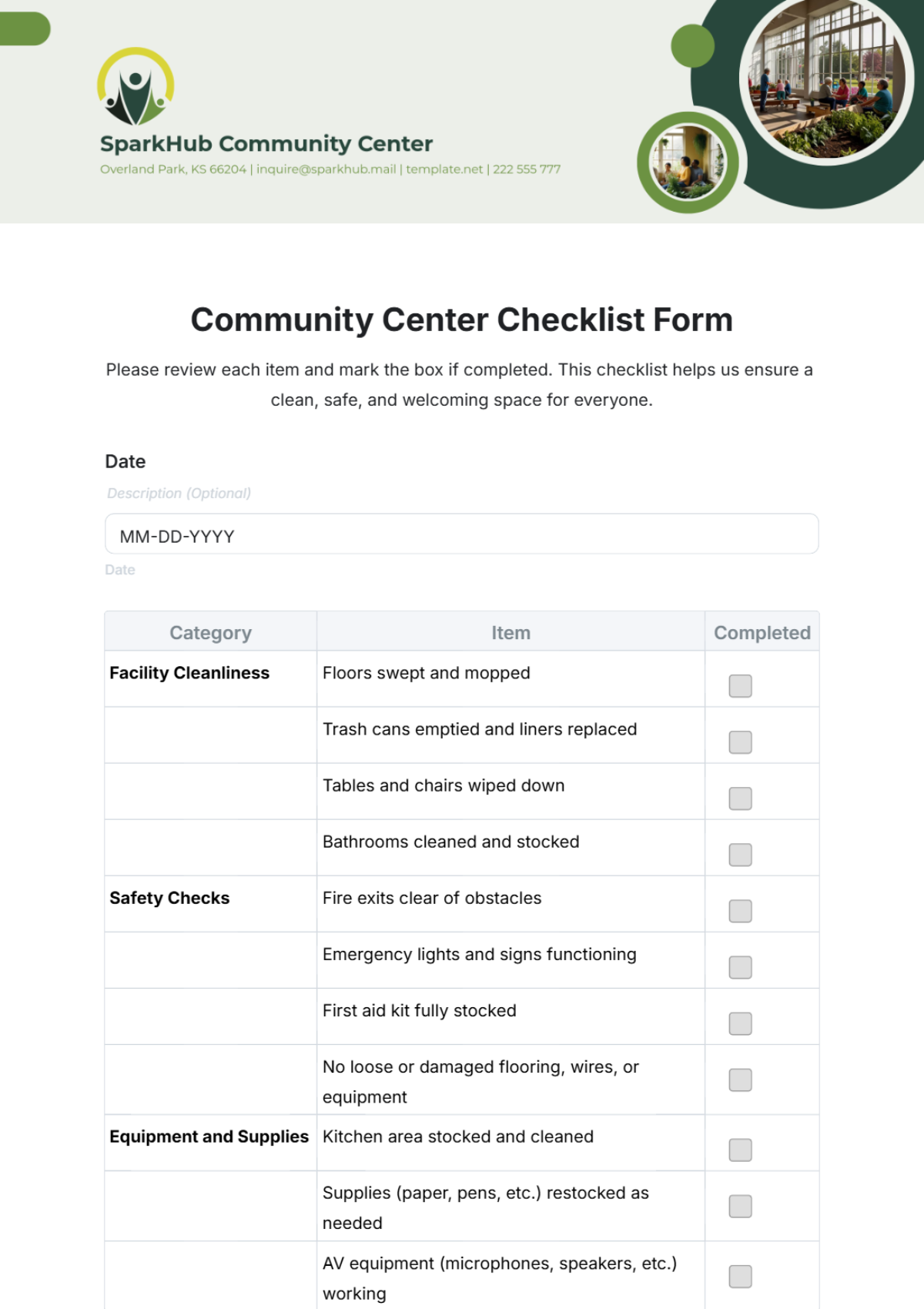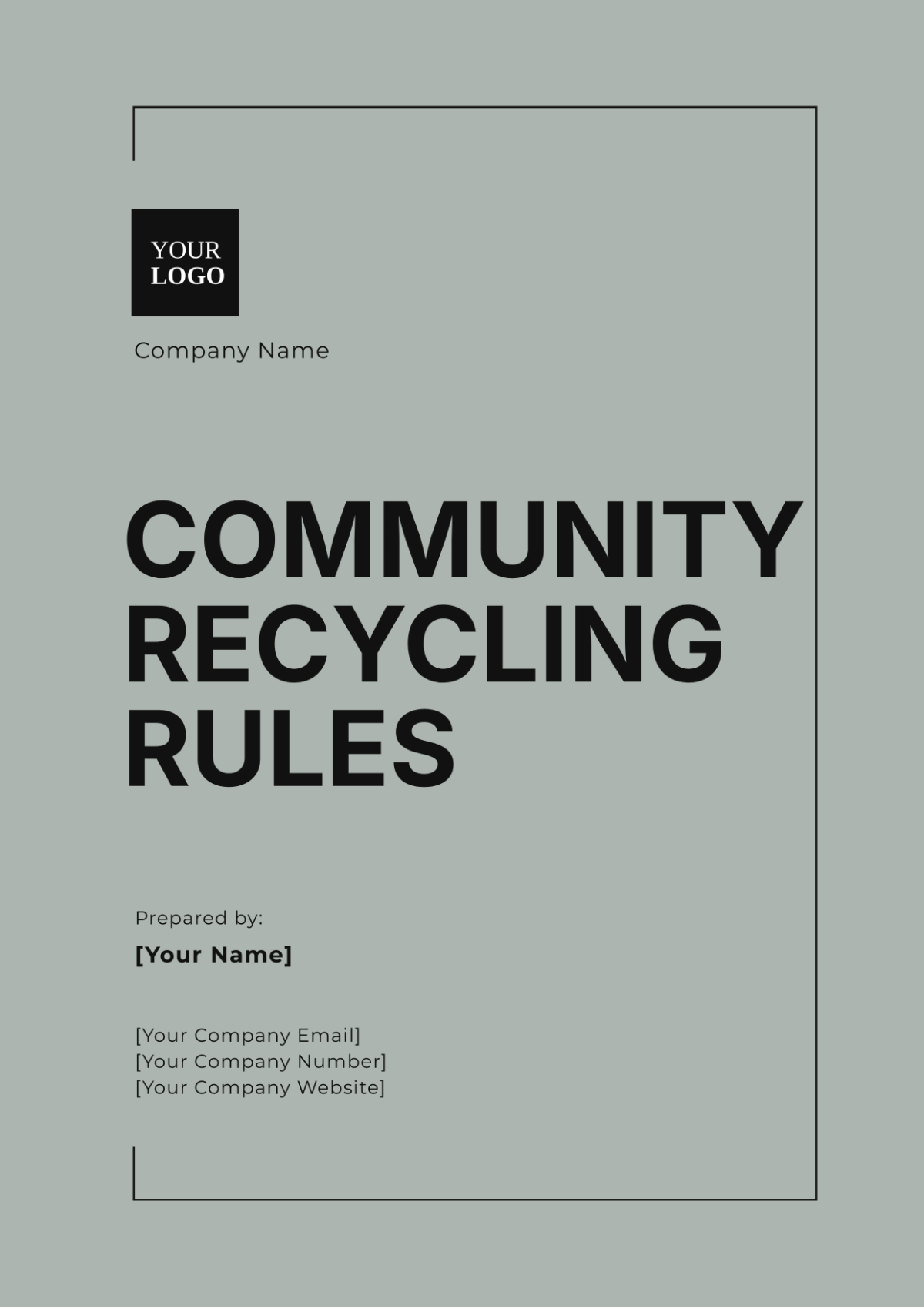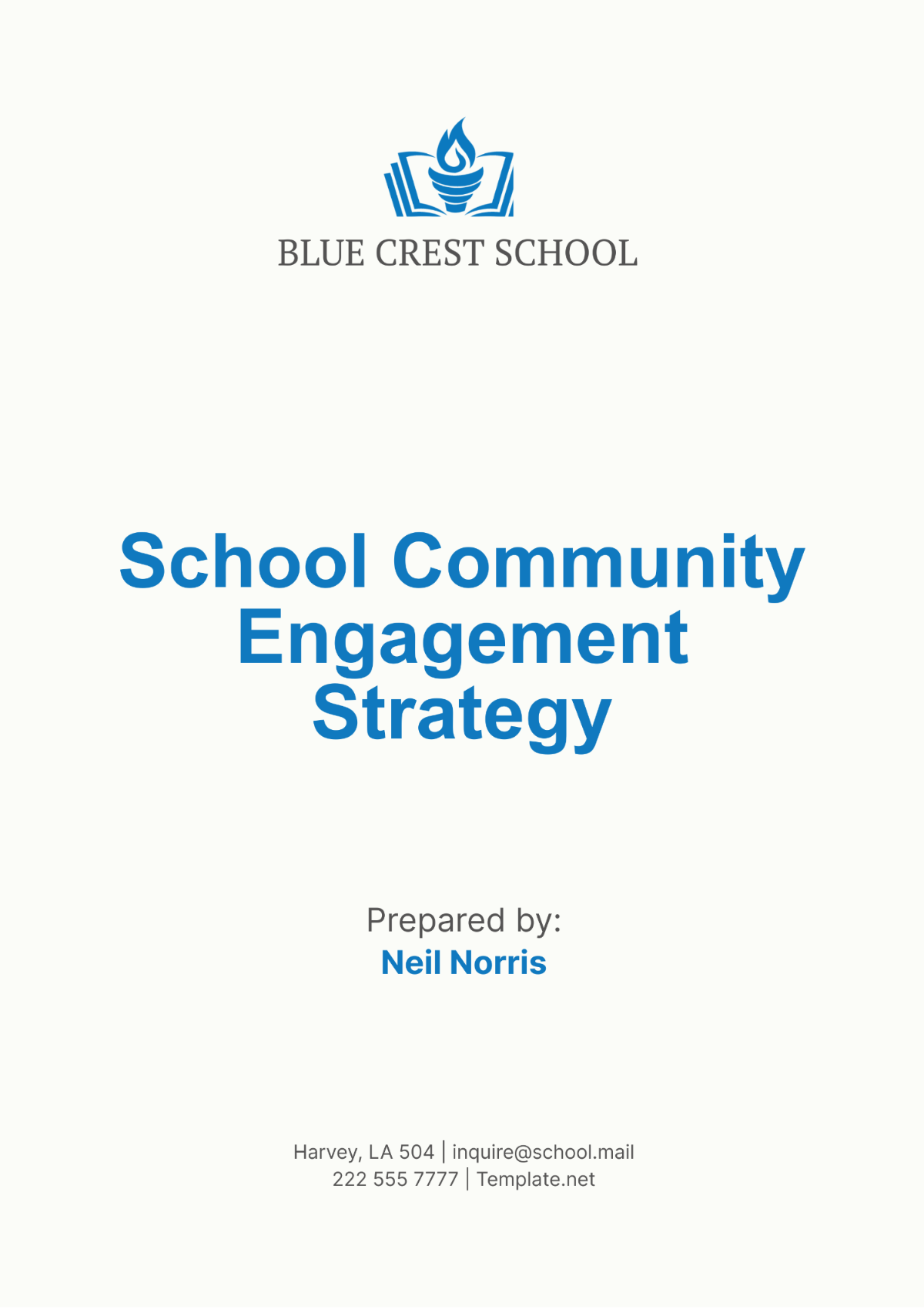Community Engagement Protocol
1. Introduction
This Community Engagement Protocol provides a framework for engaging with community members effectively. It aims to foster transparent, respectful, and constructive interactions that contribute to informed decision-making and mutual understanding.
2. Objectives
Promote Transparency: Ensure that community members are informed about the project, initiative, or issue at hand.
Encourage Participation: Actively involve community members in the decision-making process.
Gather Feedback: Collect and incorporate community input to improve outcomes.
Build Relationships: Establish and maintain positive and productive relationships with community members.
3. Stakeholder Identification
Identify Key Stakeholders:
Community leaders
Local organizations and groups
Residents and businesses
Special interest groups
Analyze Stakeholder Interests and Influence:
Determine the level of interest and influence each stakeholder has.
Prioritize engagement efforts based on their significance.
4. Engagement Strategies
Communication Methods:
Public Meetings: Organize town halls or forums for open discussions.
Surveys and Questionnaires: Distribute to gather quantitative and qualitative data.
Workshops and Focus Groups: Facilitate interactive sessions for in-depth feedback.
Social Media: Use platforms to share information and solicit input.
Engagement Schedule:
Pre-Engagement: Inform stakeholders about the upcoming engagement activities.
During Engagement: Ensure active participation and address questions or concerns.
Post-Engagement: Share outcomes and next steps with the community.
5. Feedback Collection and Analysis
Data Collection:
Use various tools and methods to gather feedback from stakeholders.
Ensure that feedback collection methods are accessible to all community members.
Data Analysis:
Analyze feedback to identify key themes, concerns, and suggestions.
Prepare a summary report of the findings.
Incorporation of Feedback:
Integrate relevant feedback into decision-making processes.
Communicate how feedback has influenced decisions and actions.
6. Conflict Resolution
Identify Potential Conflicts:
Recognize and address conflicts or disagreements early on.
Maintain an open dialogue to understand differing viewpoints.
Resolution Strategies:
Facilitate discussions to resolve conflicts constructively.
Seek common ground and compromise where possible.
7. Documentation and Reporting
Record Keeping:
Maintain accurate records of all engagement activities and feedback received.
Document decisions made and how feedback was incorporated.
Reporting:
Provide regular updates to the community on engagement outcomes and project progress.
Share a final report summarizing the engagement process and results.
8. Evaluation and Improvement
Evaluate Engagement Efforts:
Assess the effectiveness of engagement strategies and activities.
Gather feedback on the engagement process from participants.
Continuous Improvement:
Identify areas for improvement and adjust strategies accordingly.
Implement best practices for future engagement efforts.
9. Contact Information
For more information or inquiries about the Community Engagement Protocol, please contact:
Name: [Your Name]
Title: [Your Title]
Email: [Your Email]
Phone: [Your Number]
Office Address: [Your Company Address]
